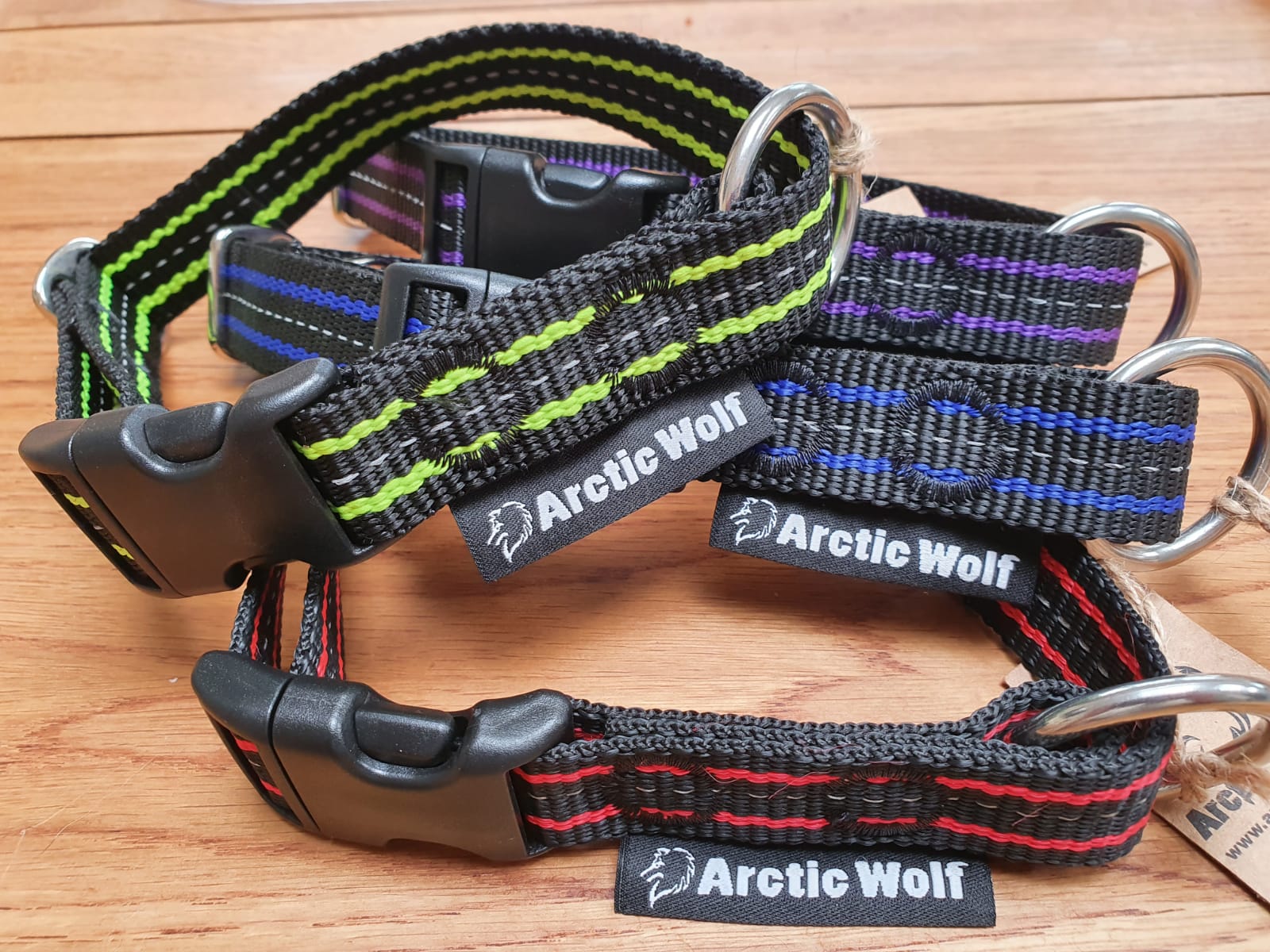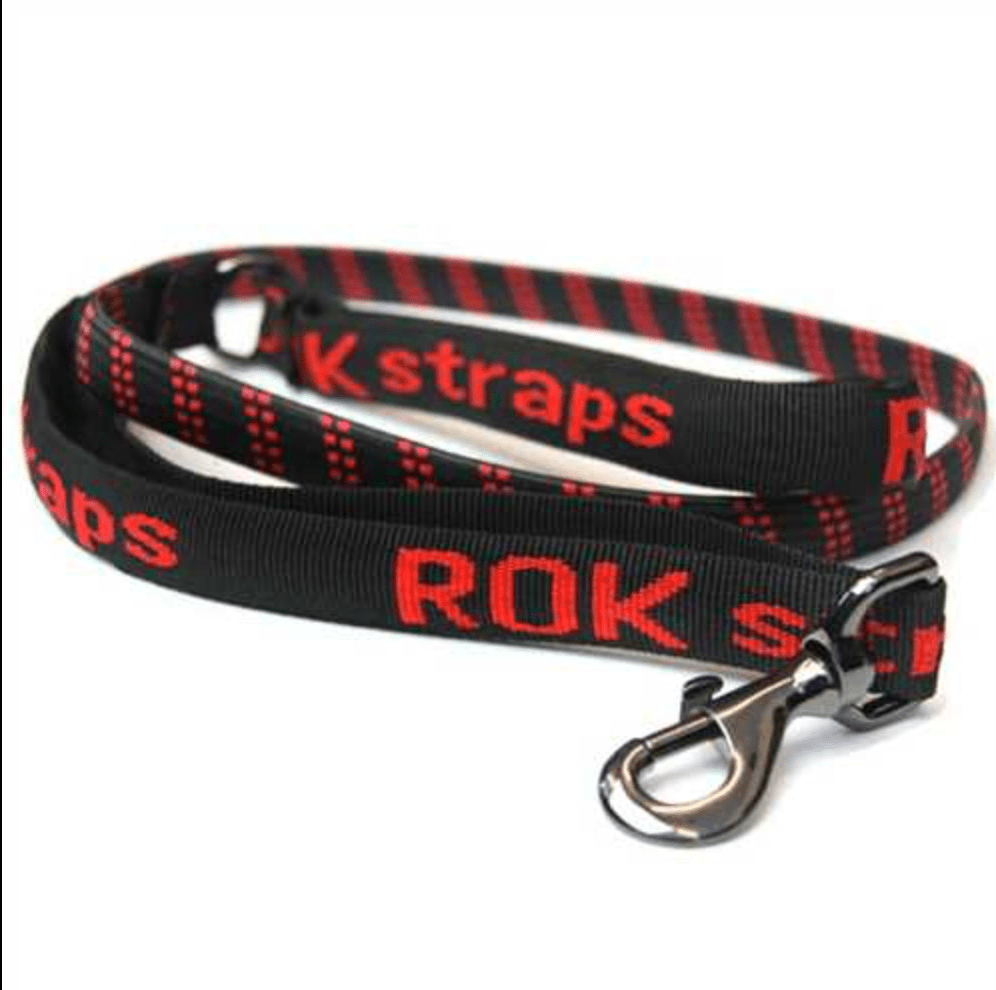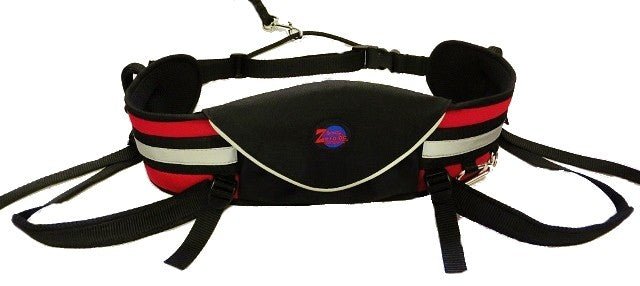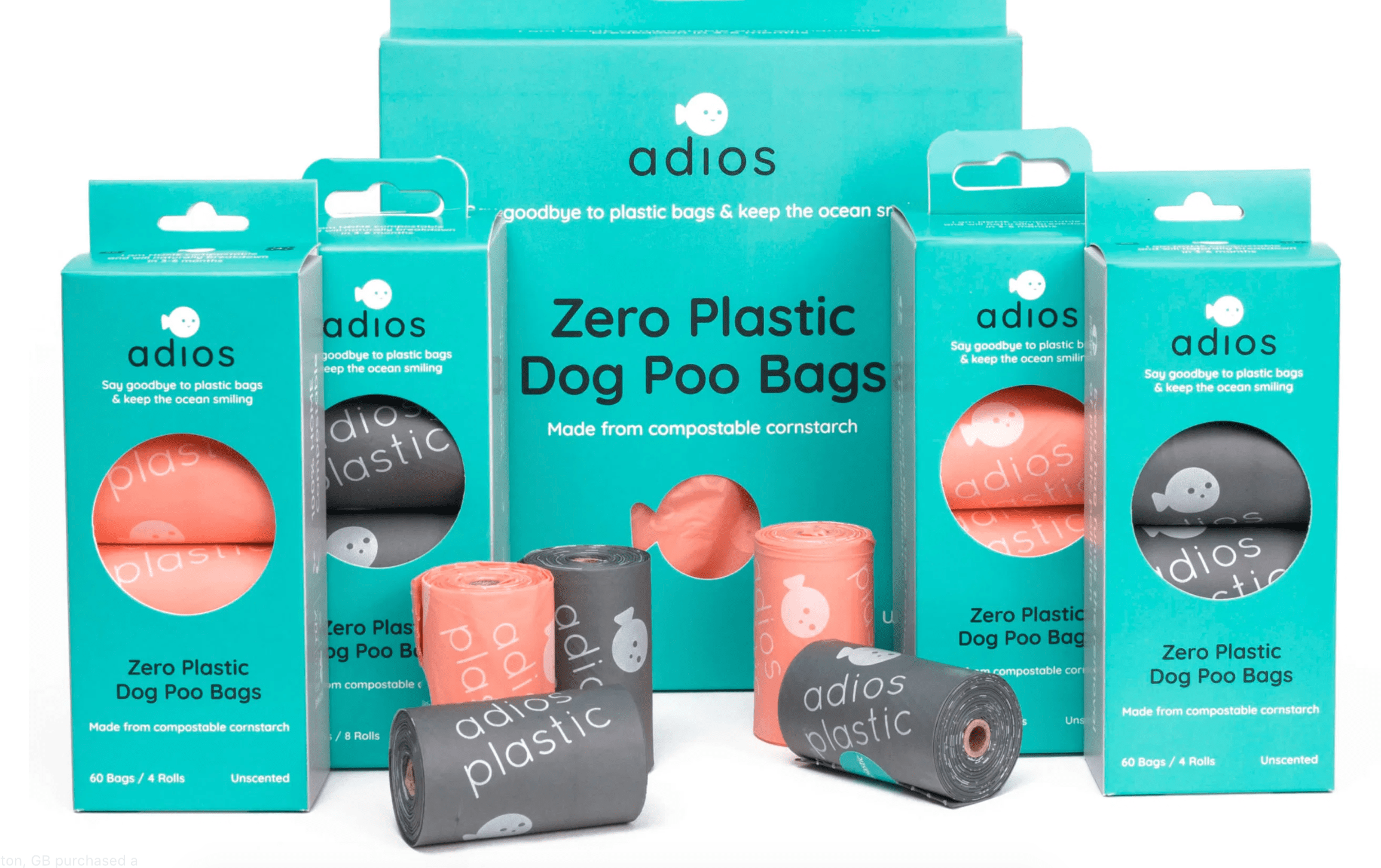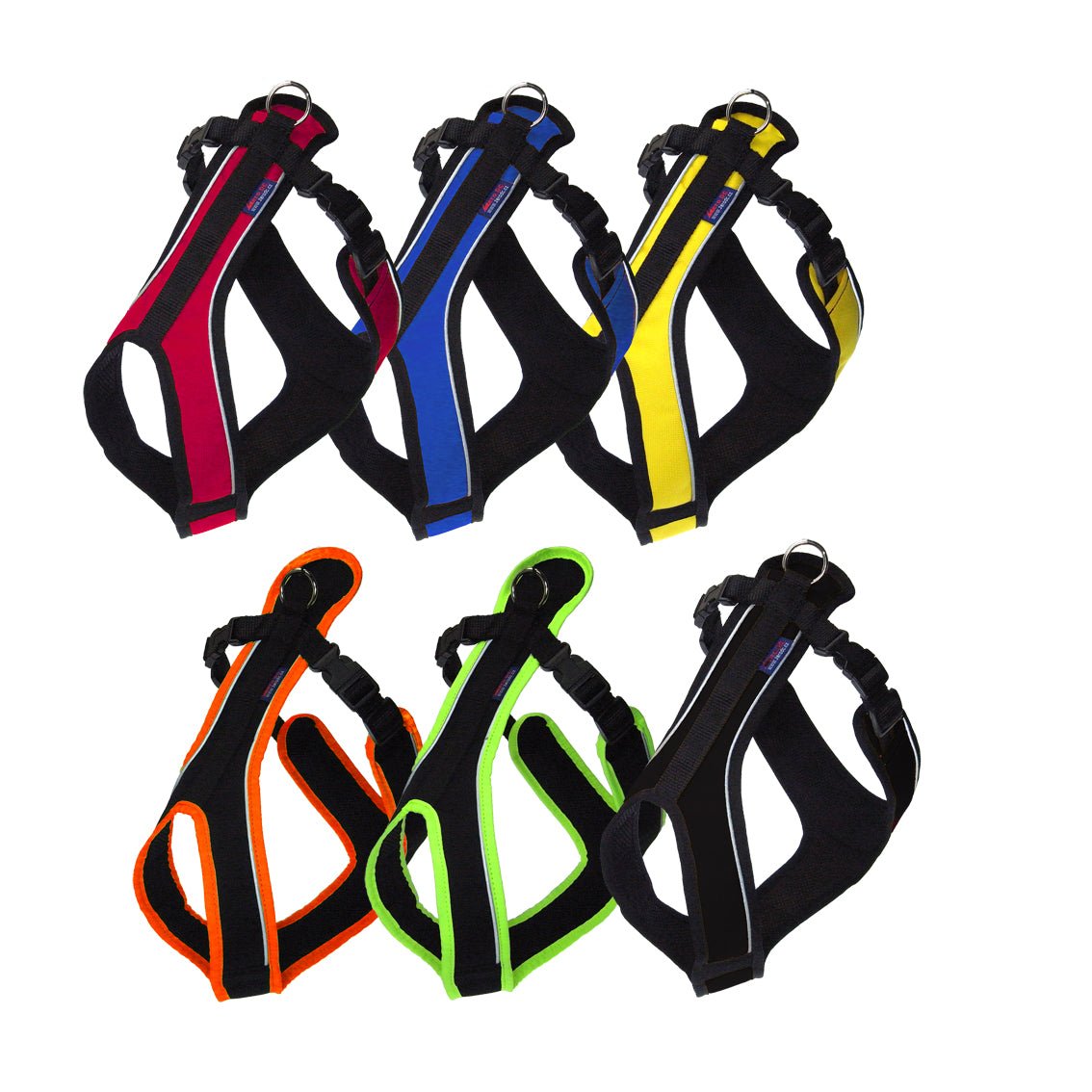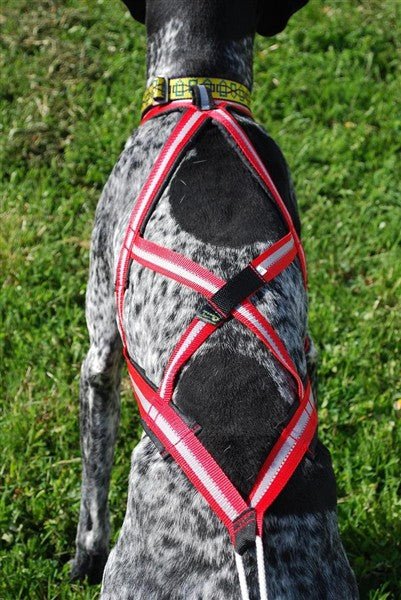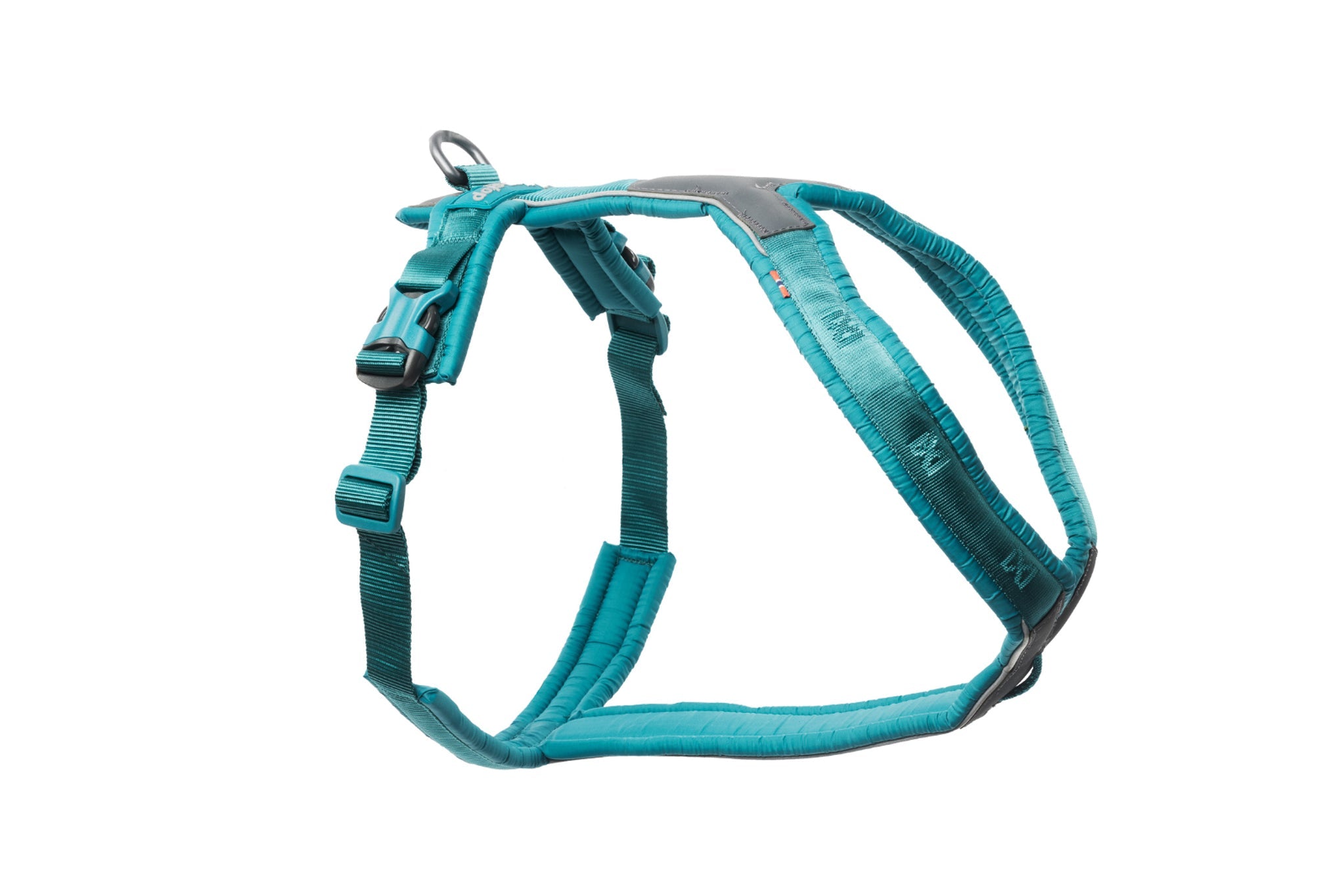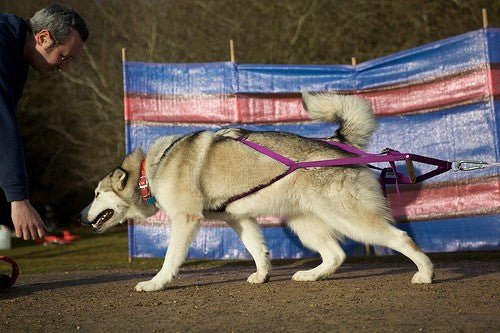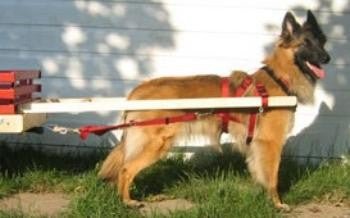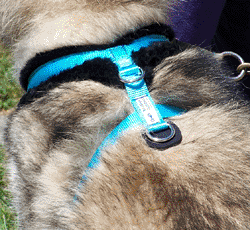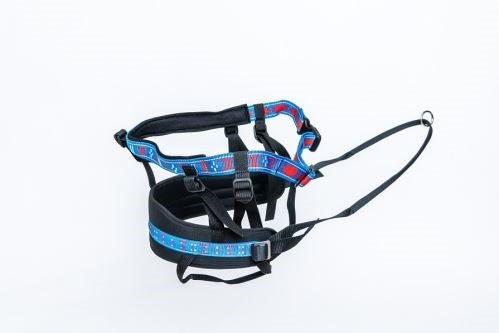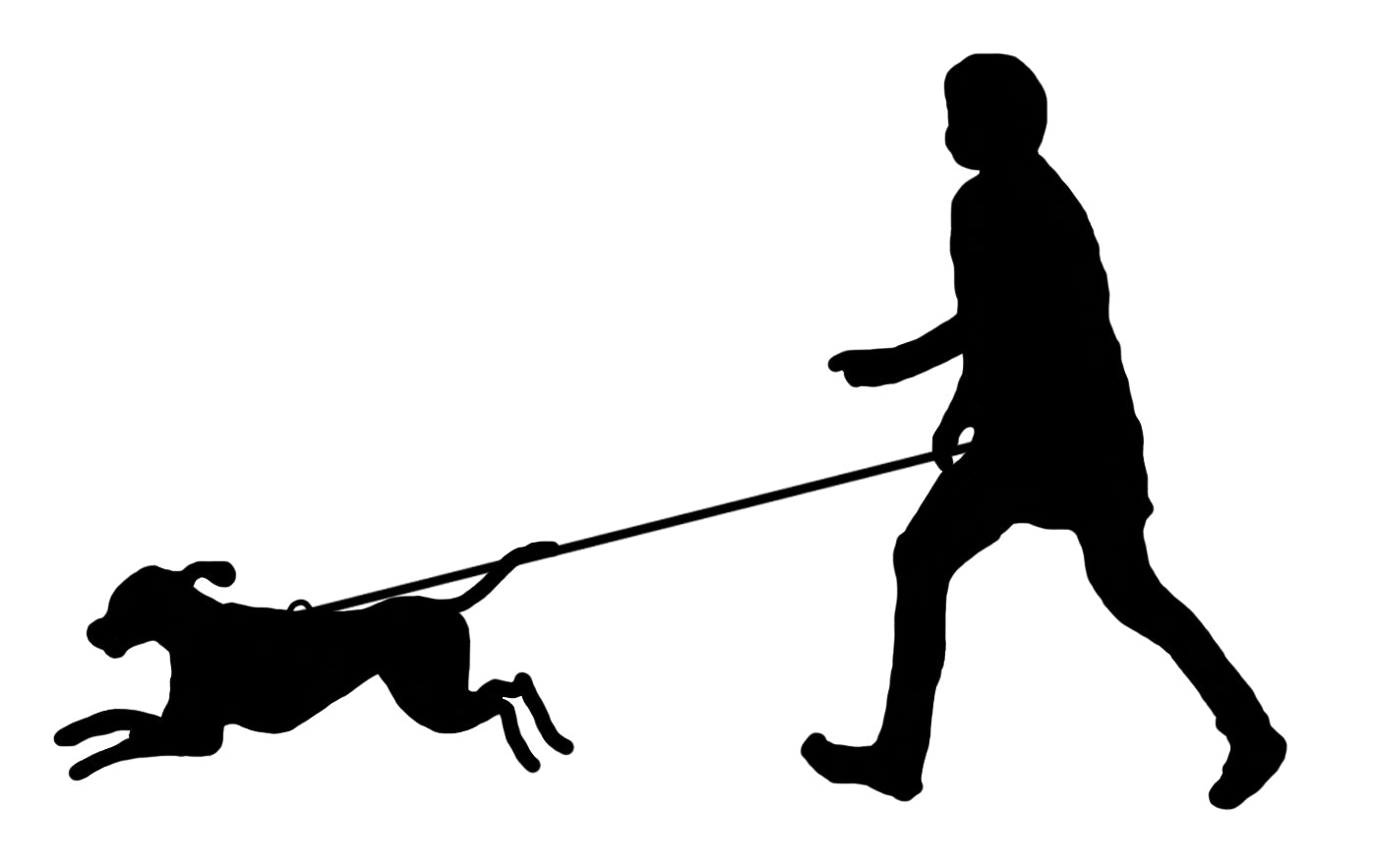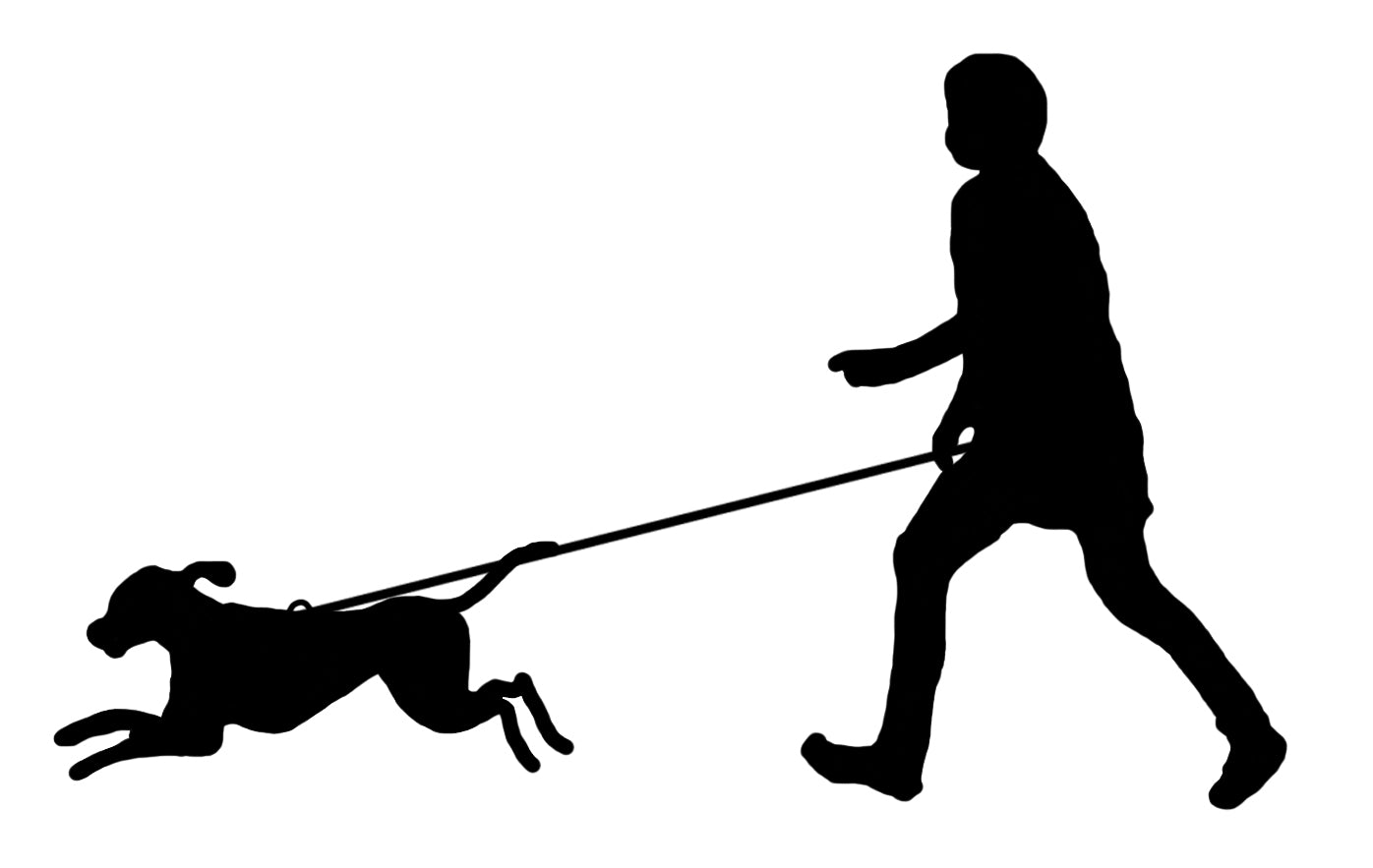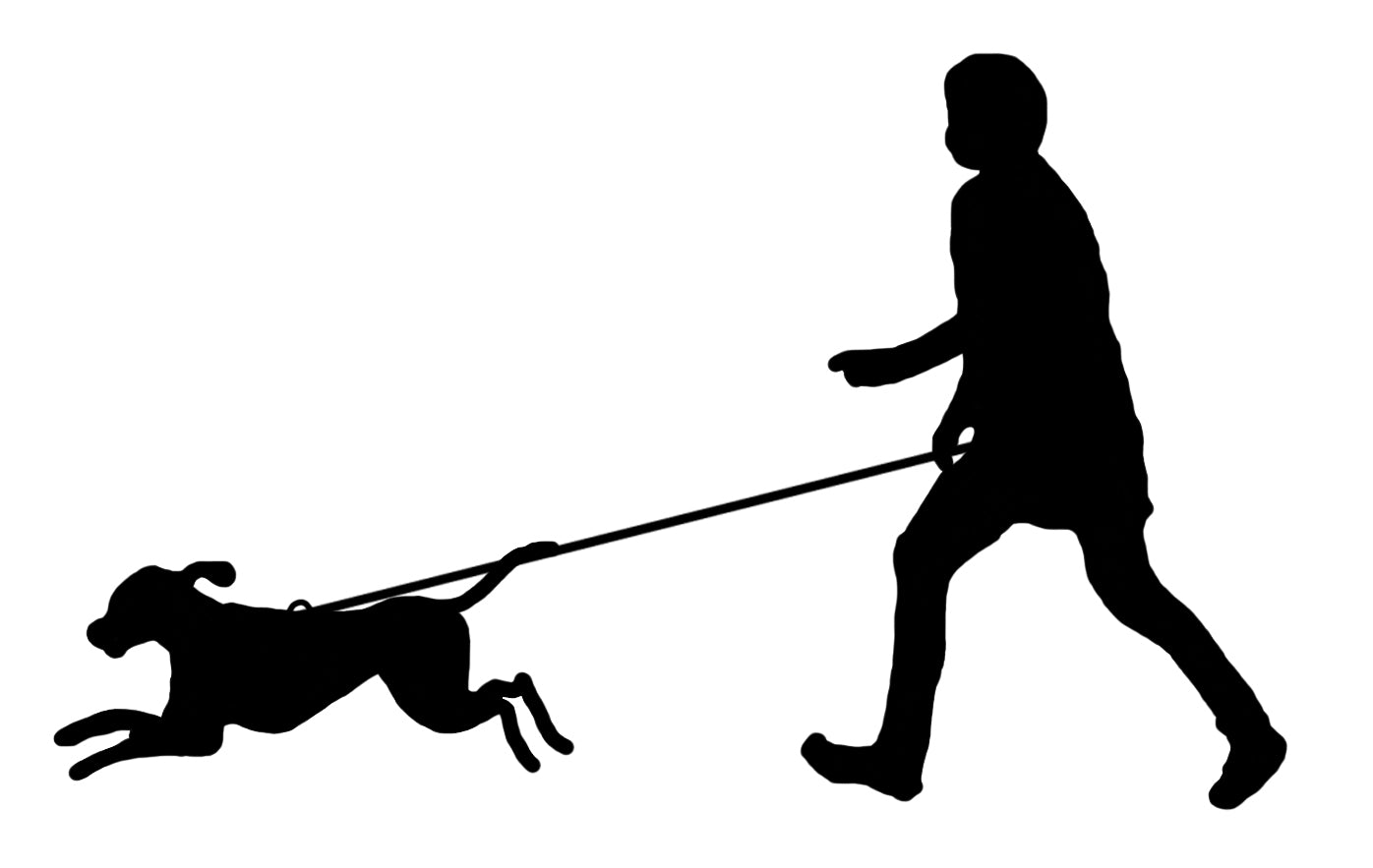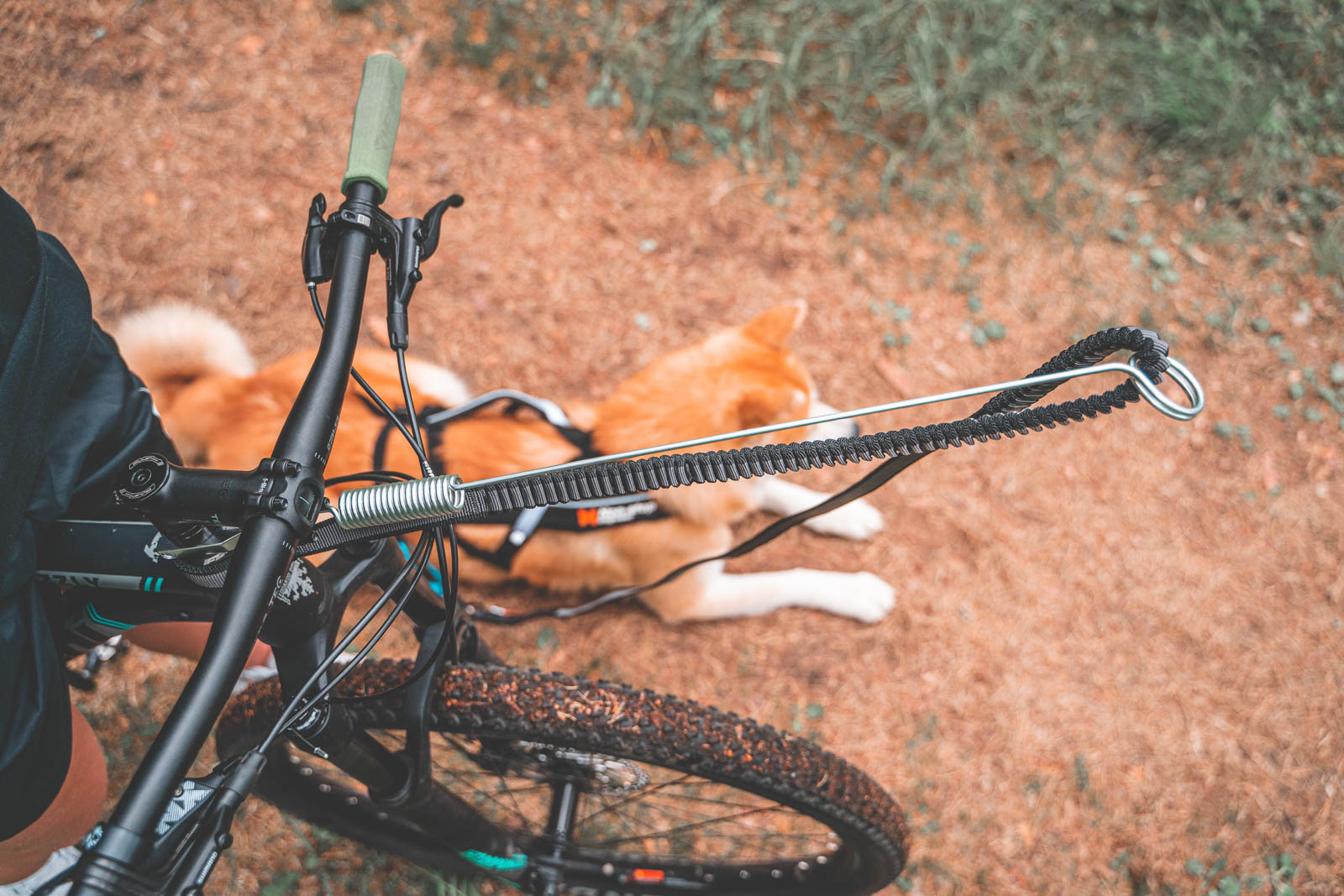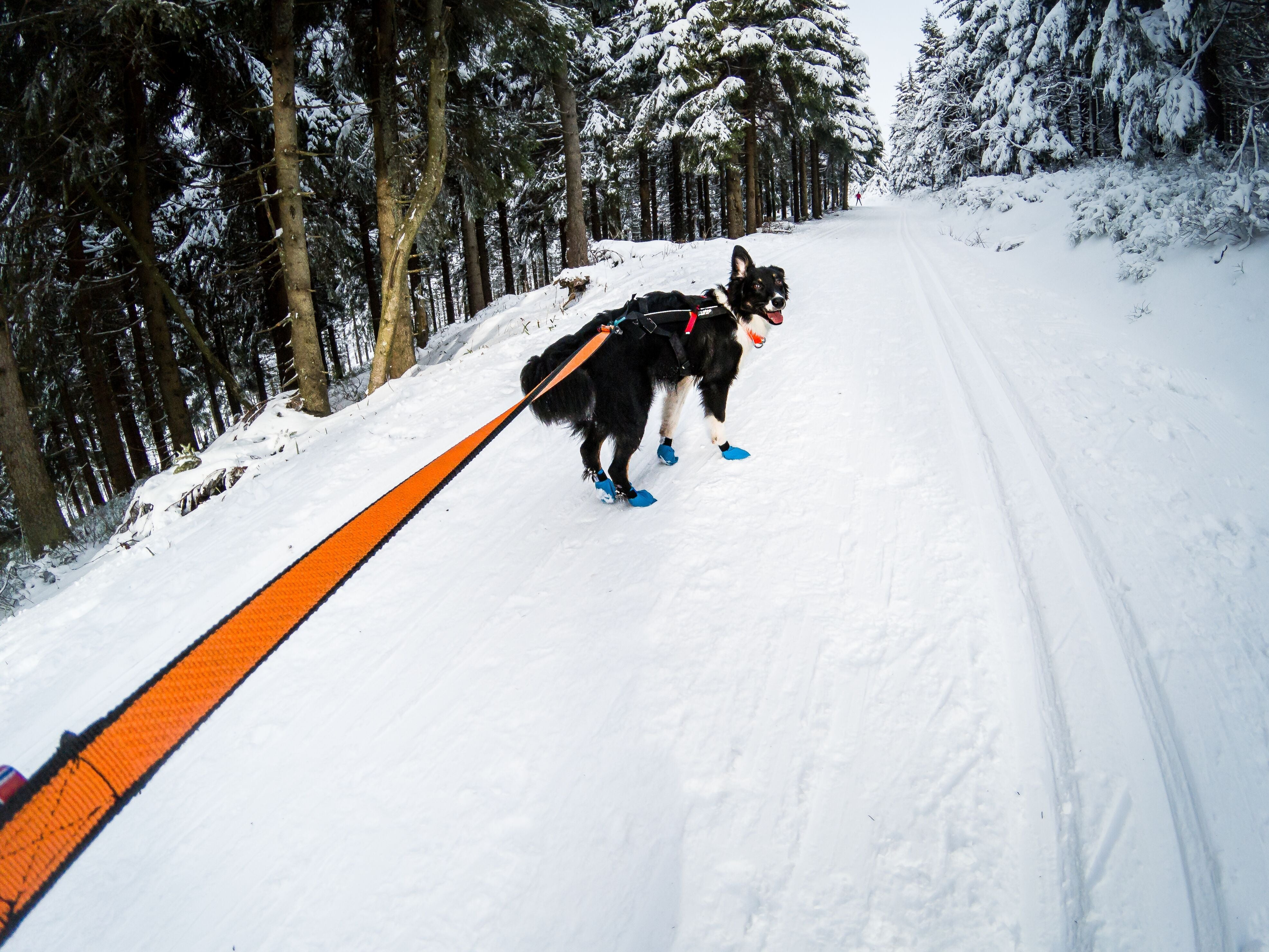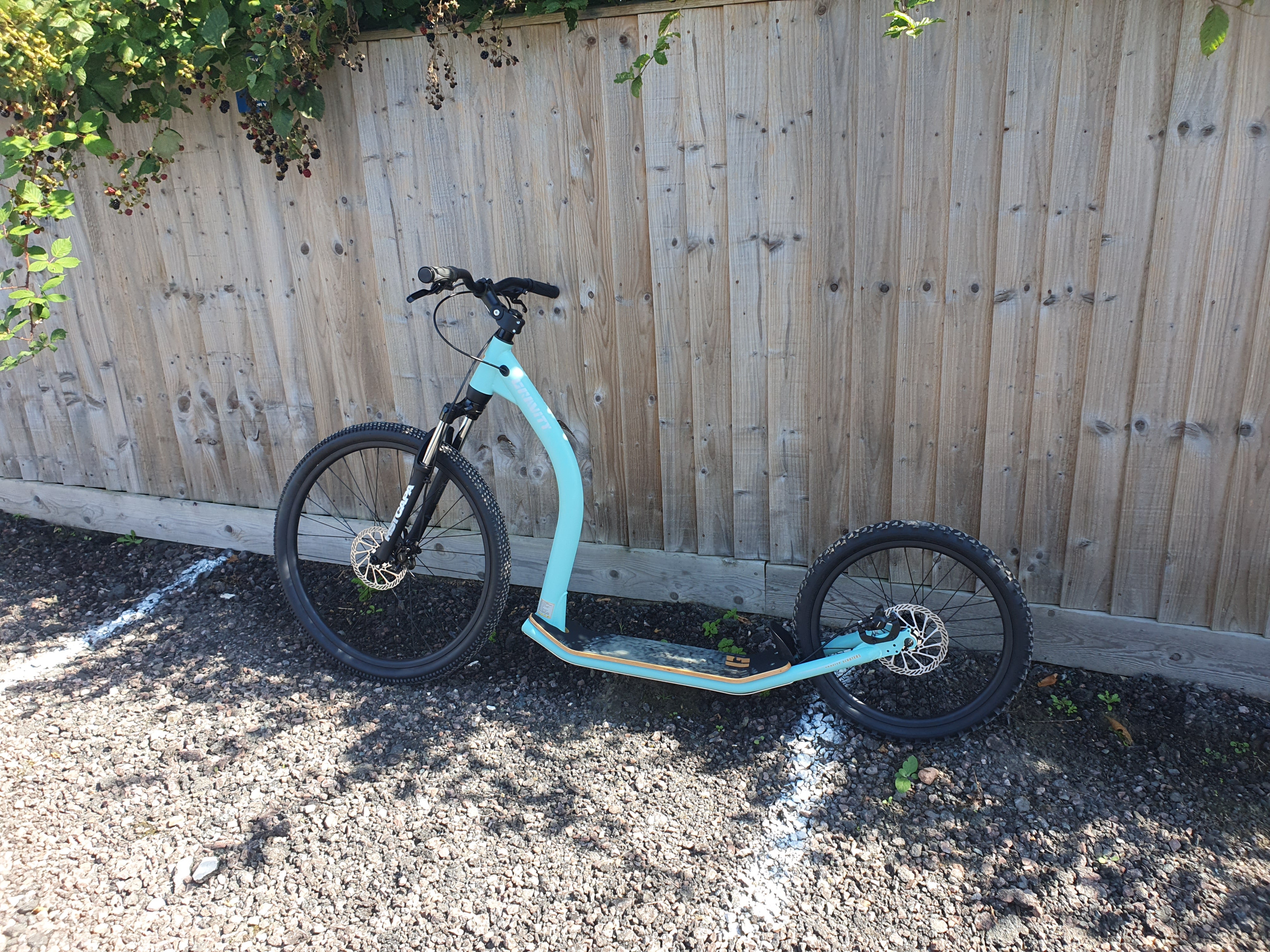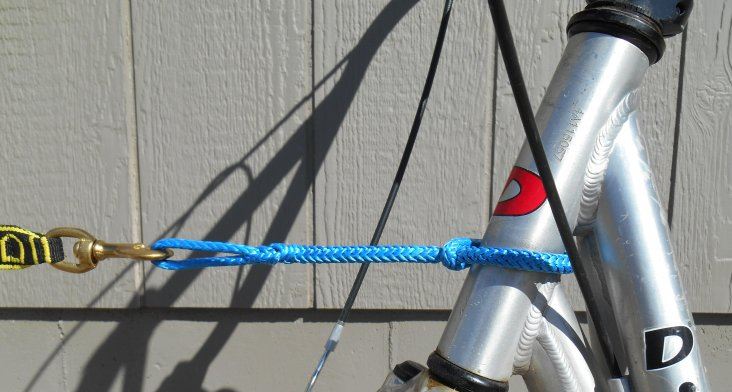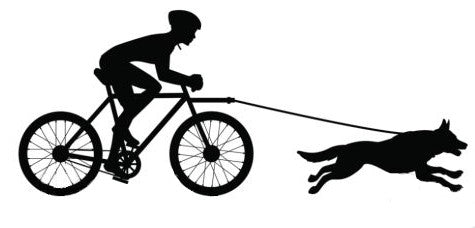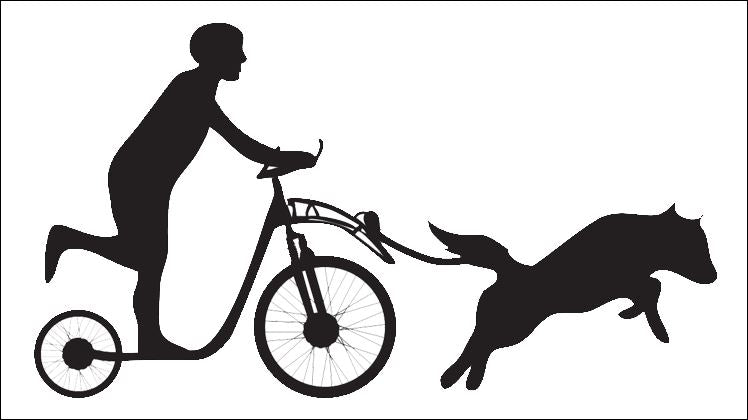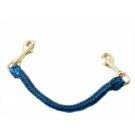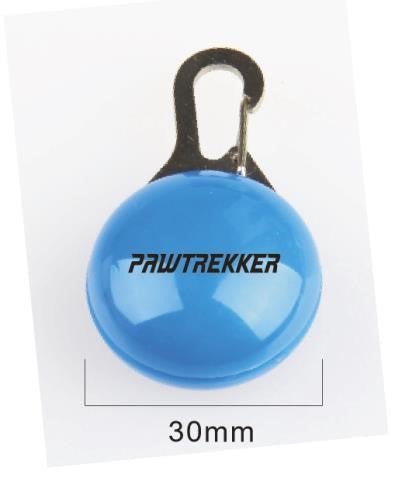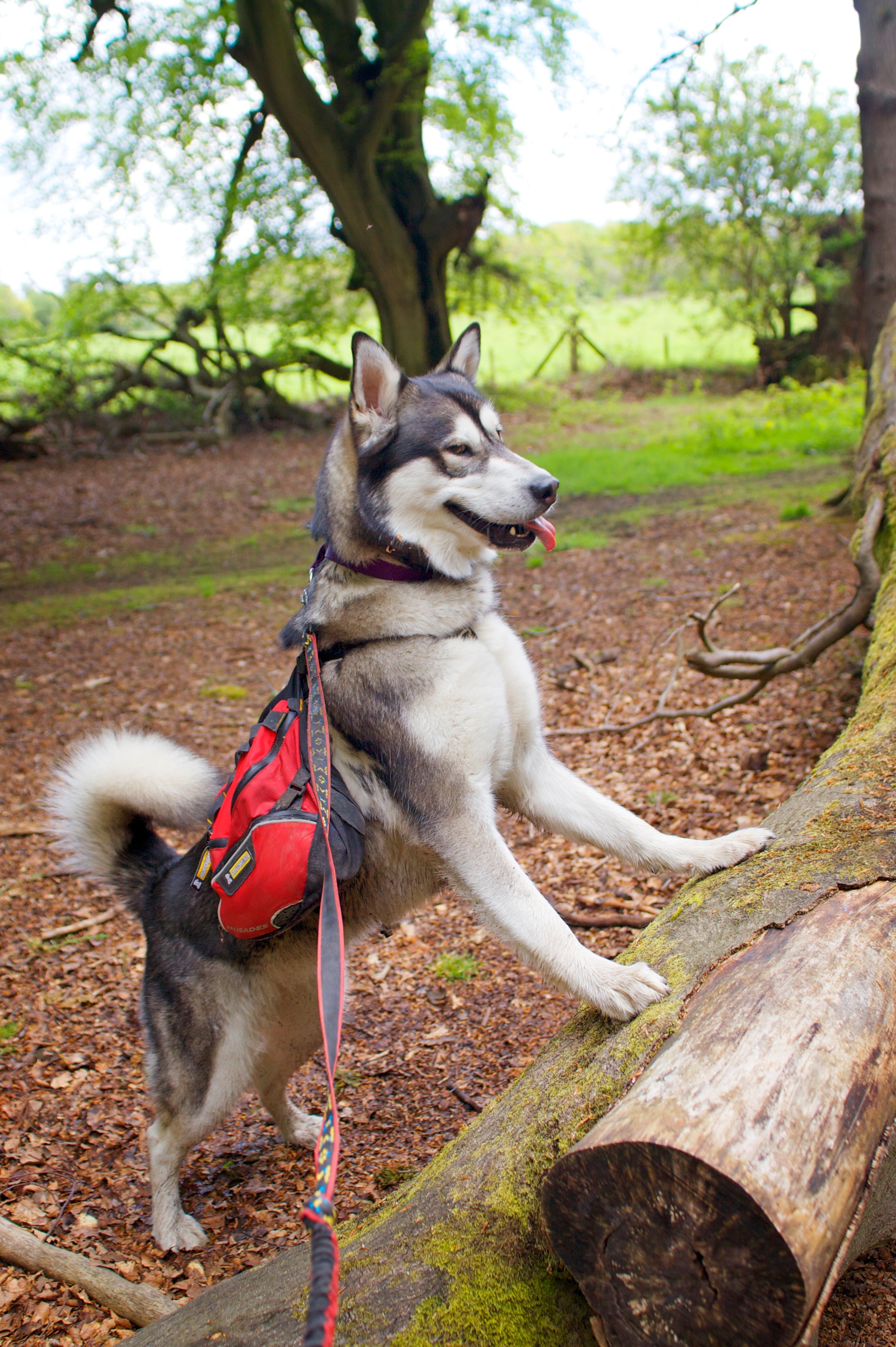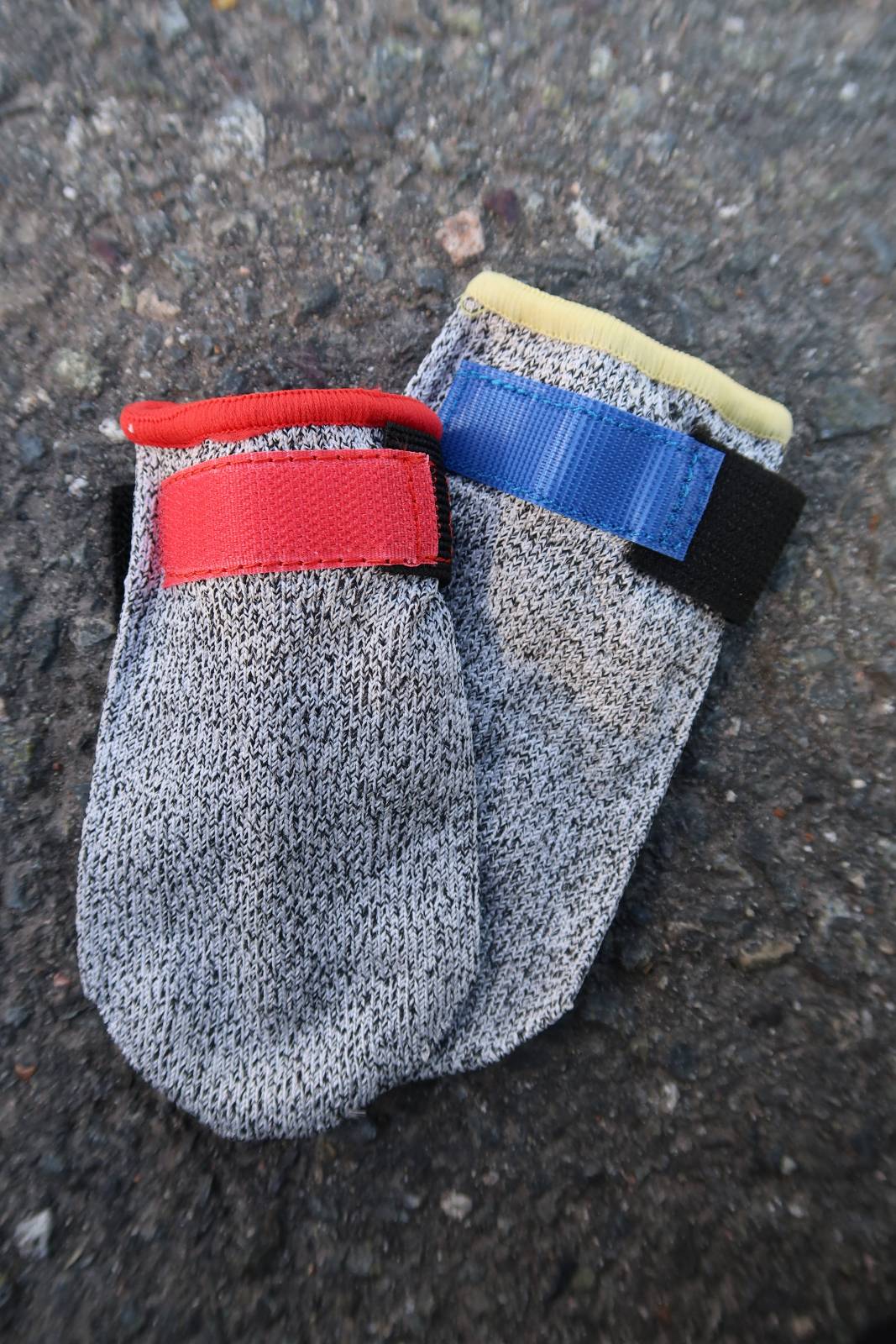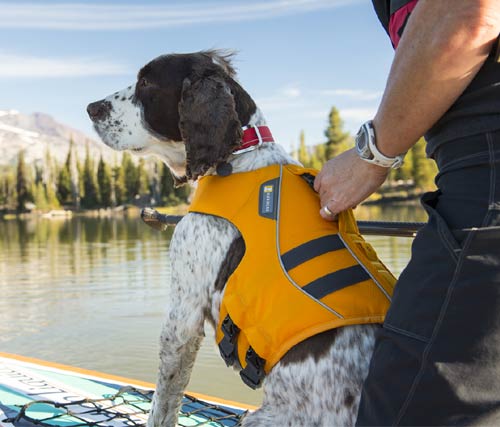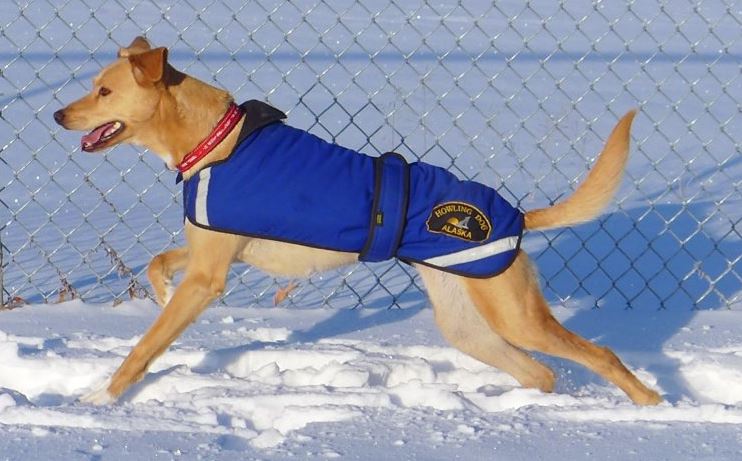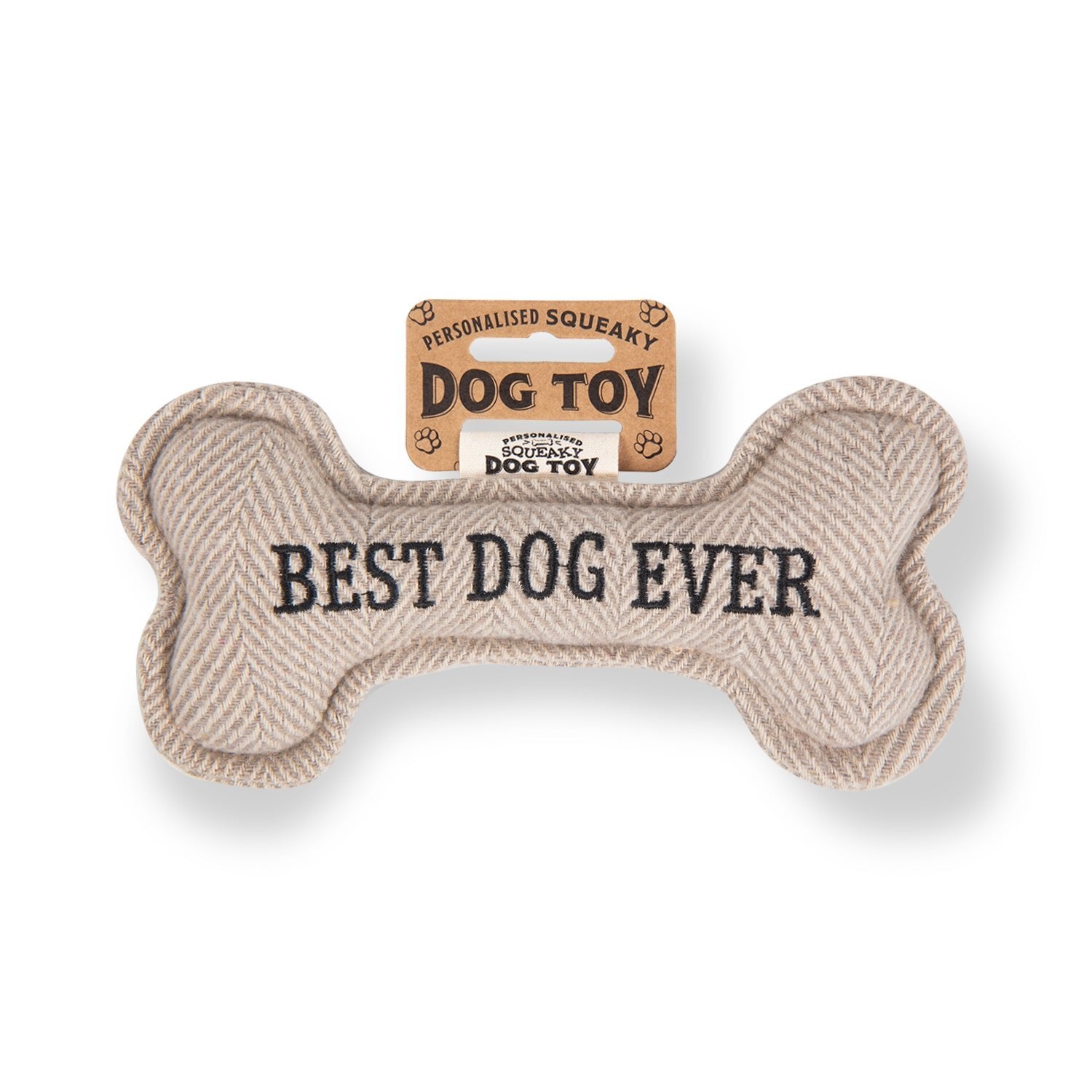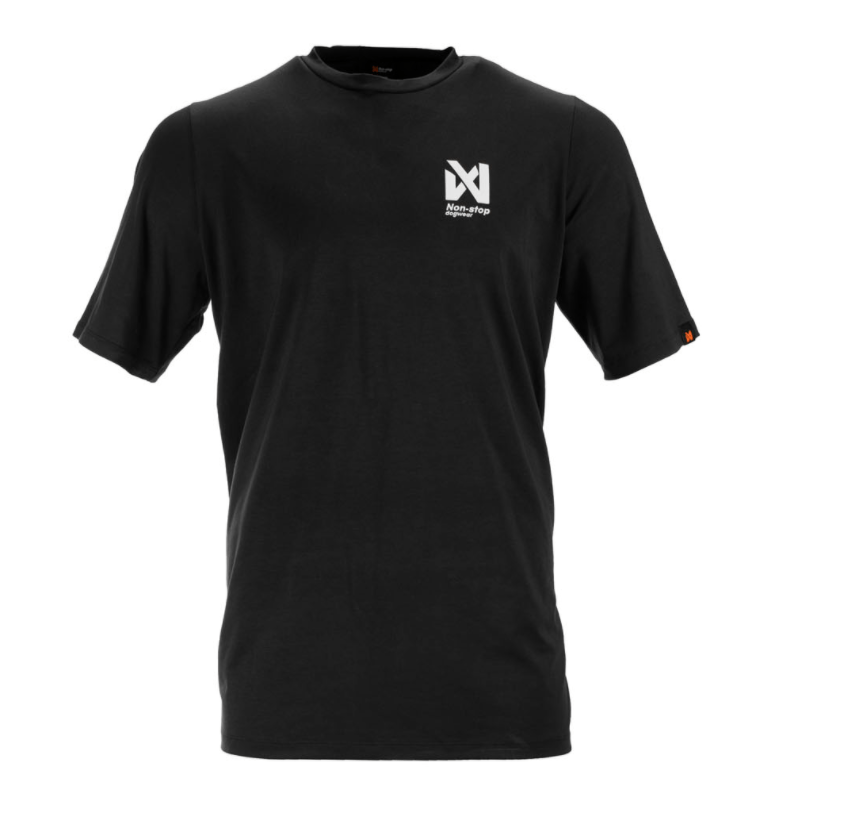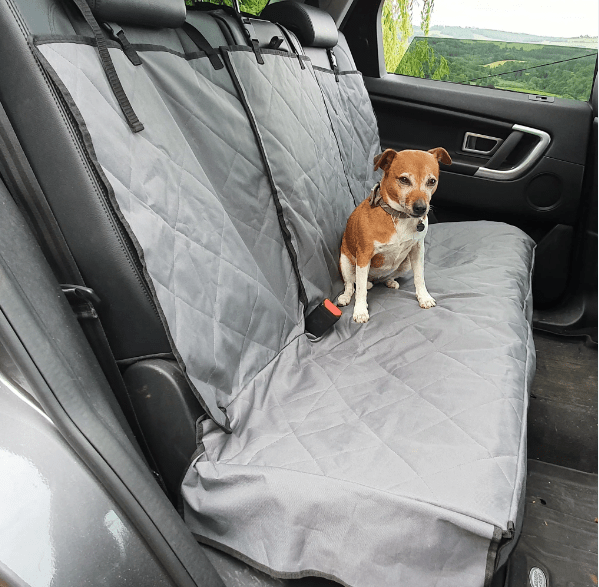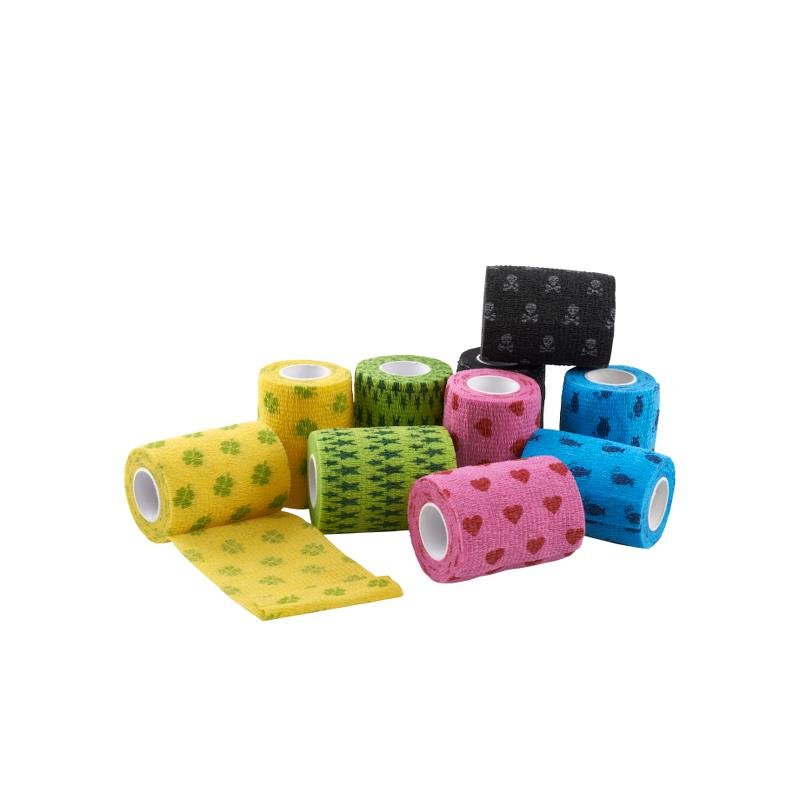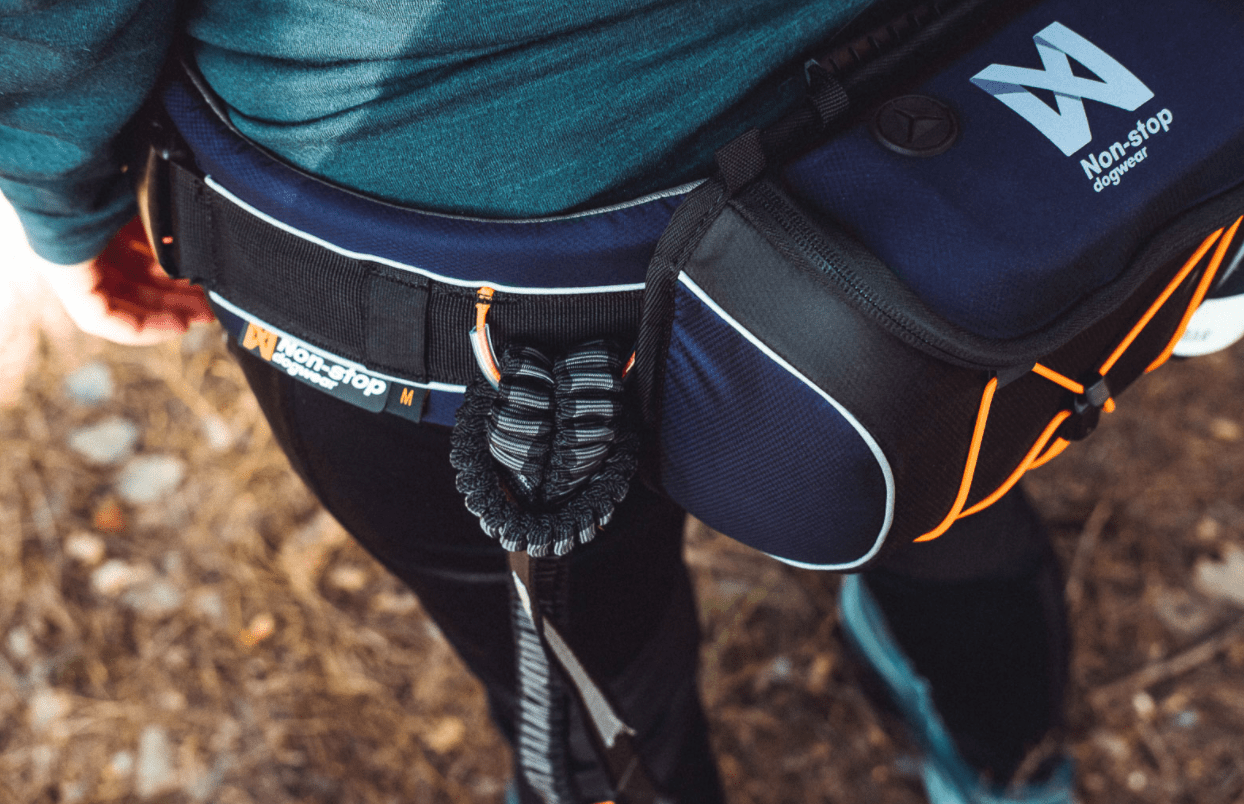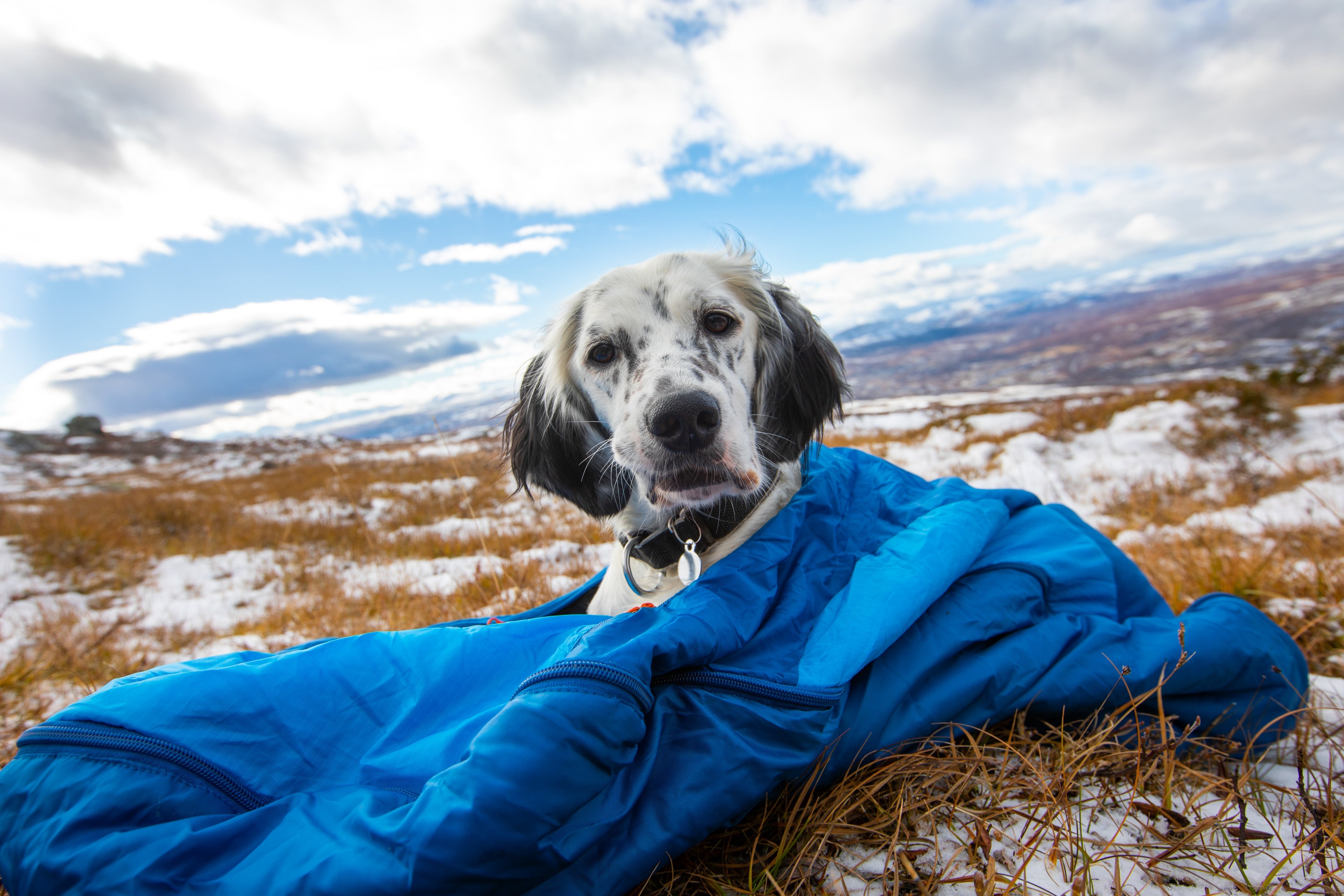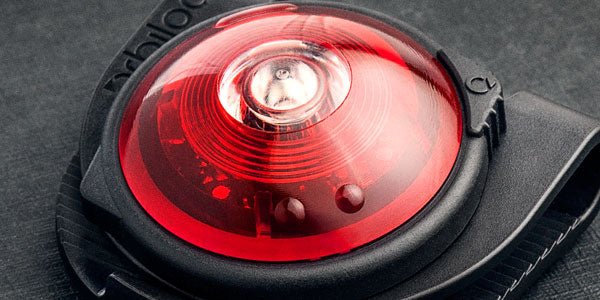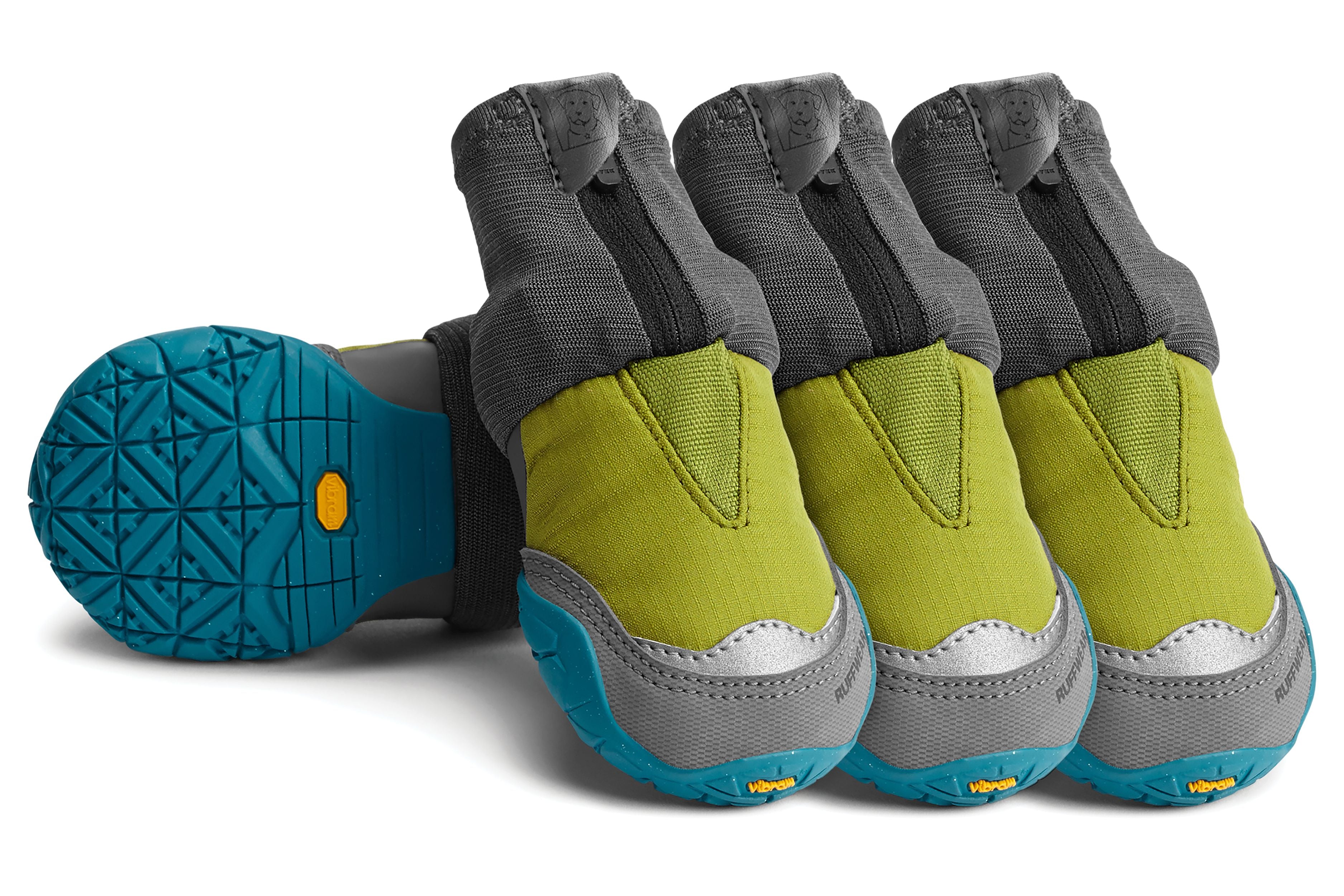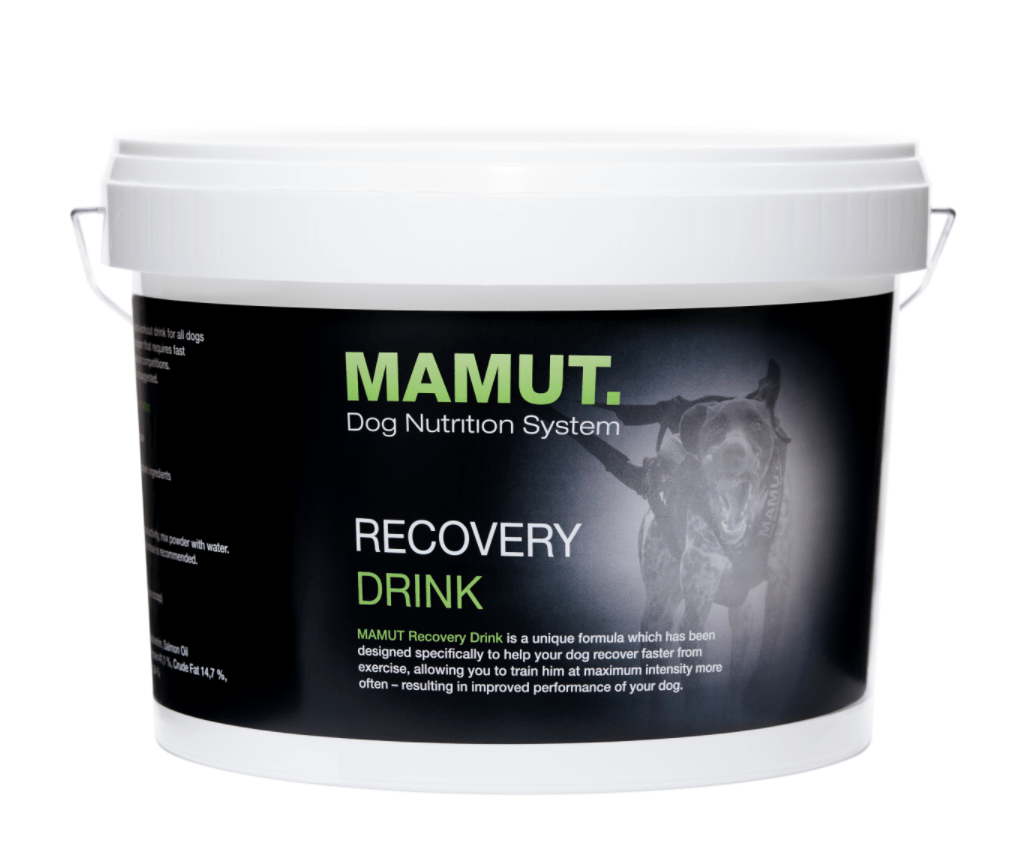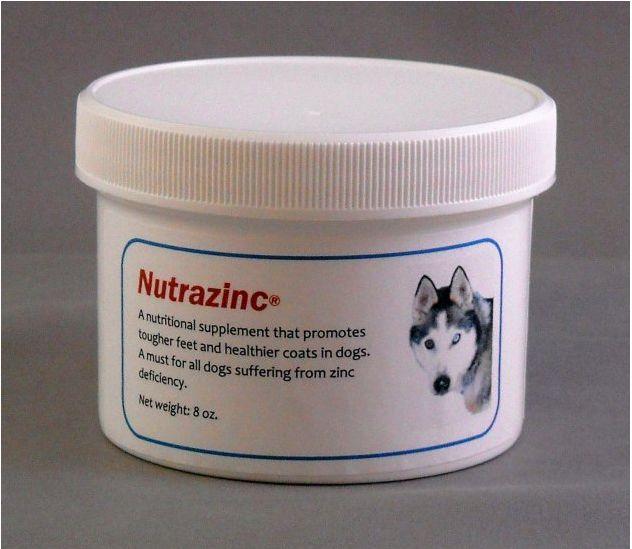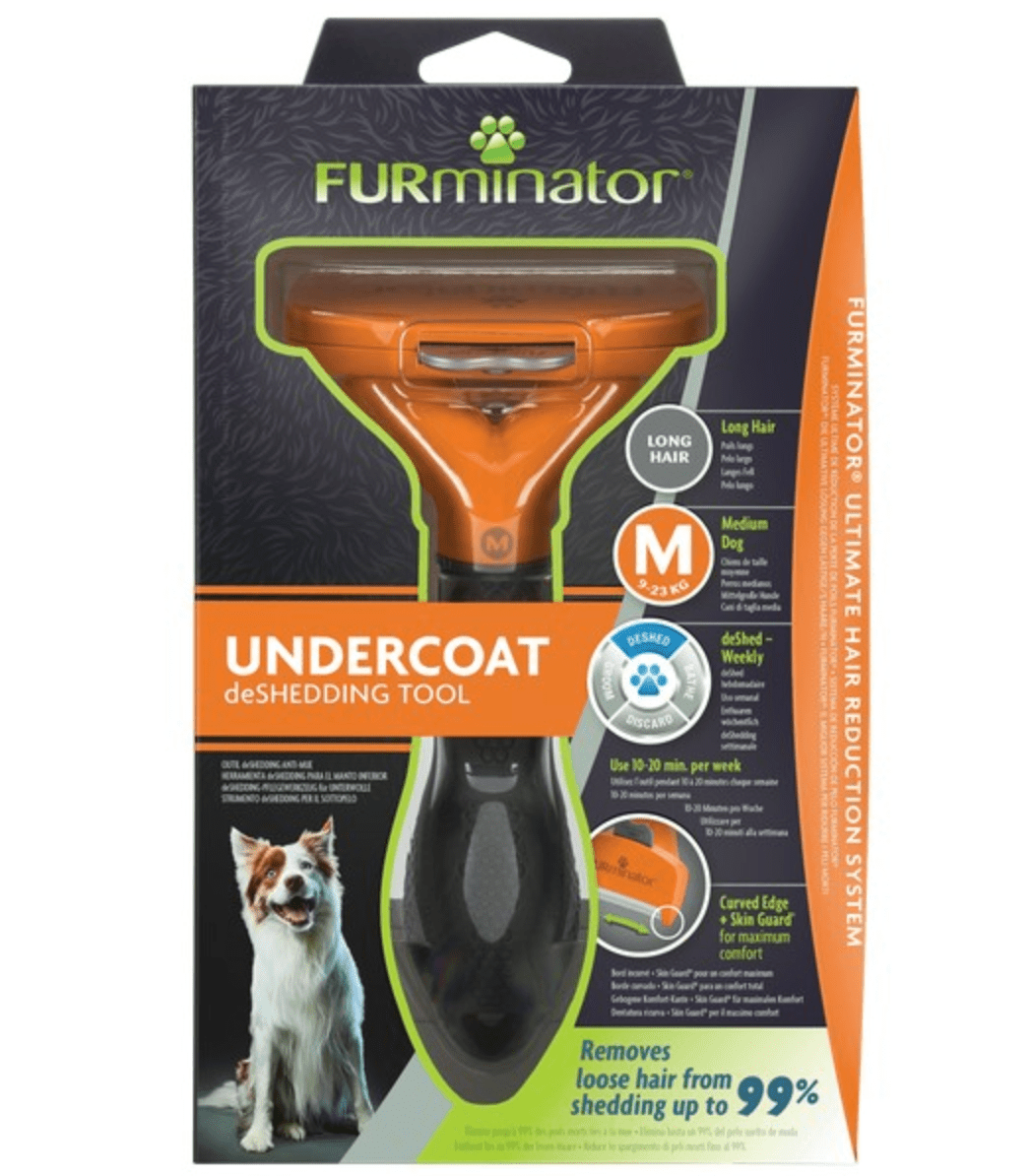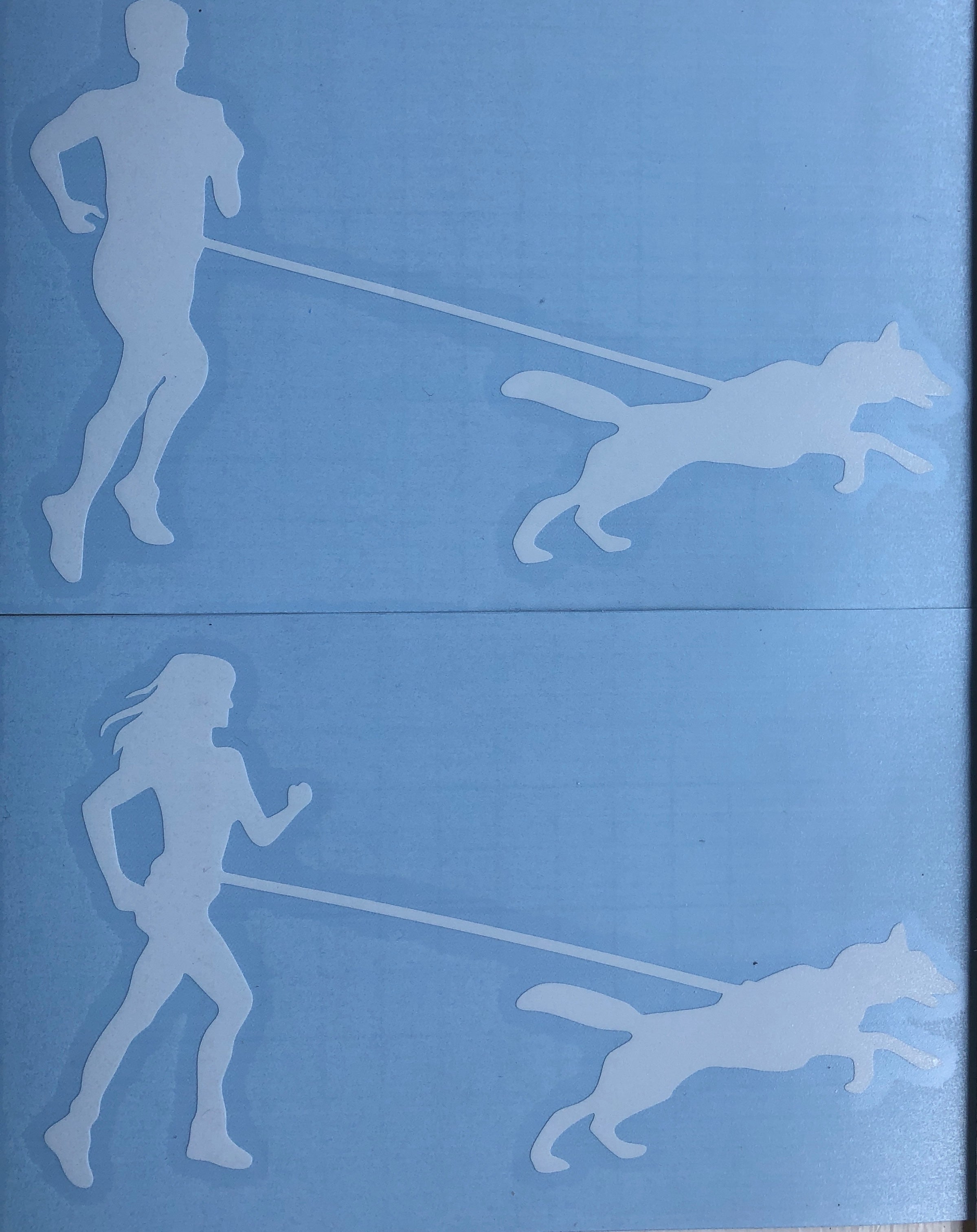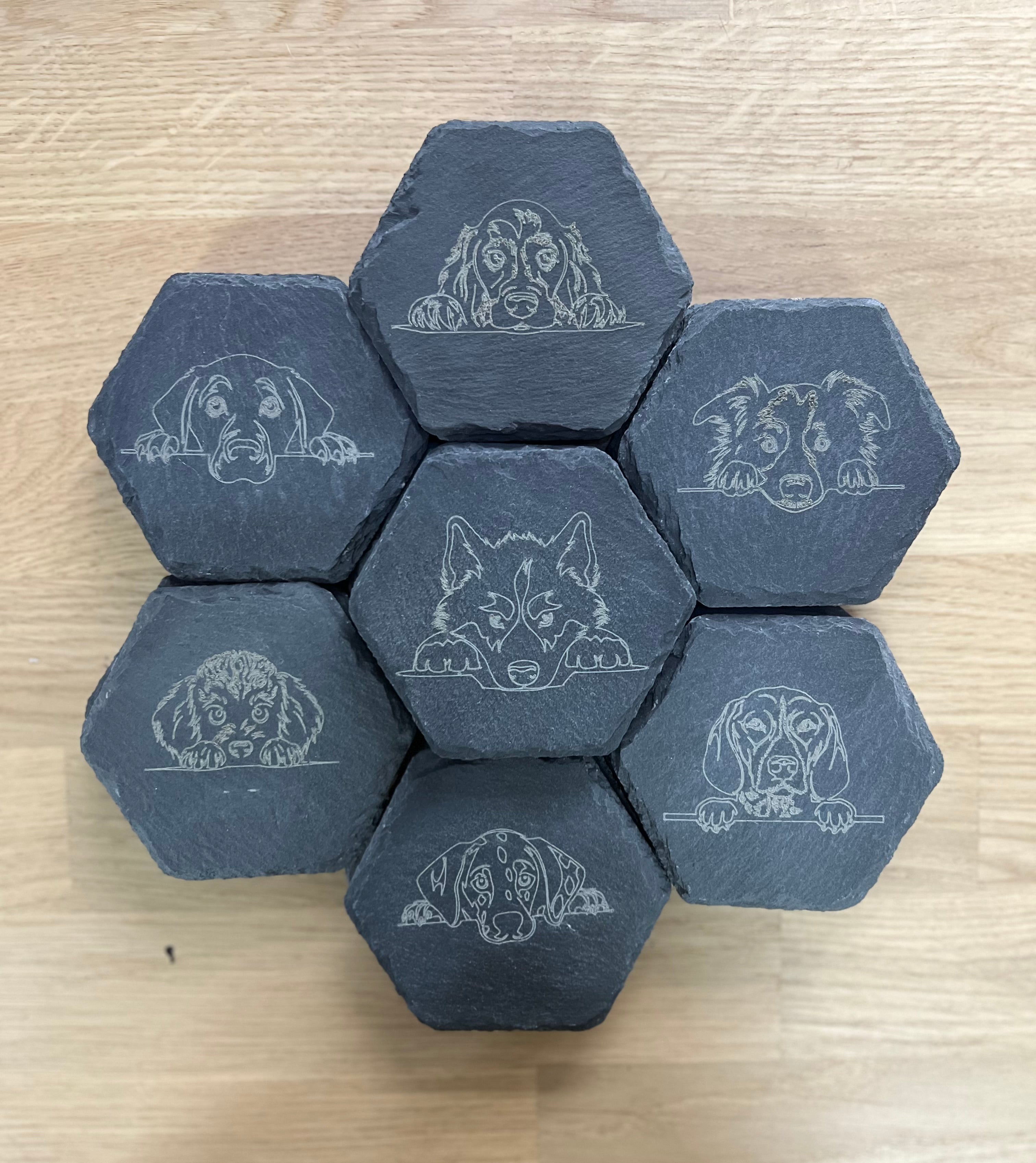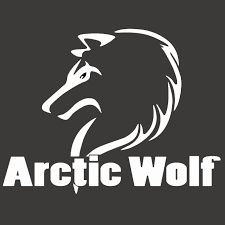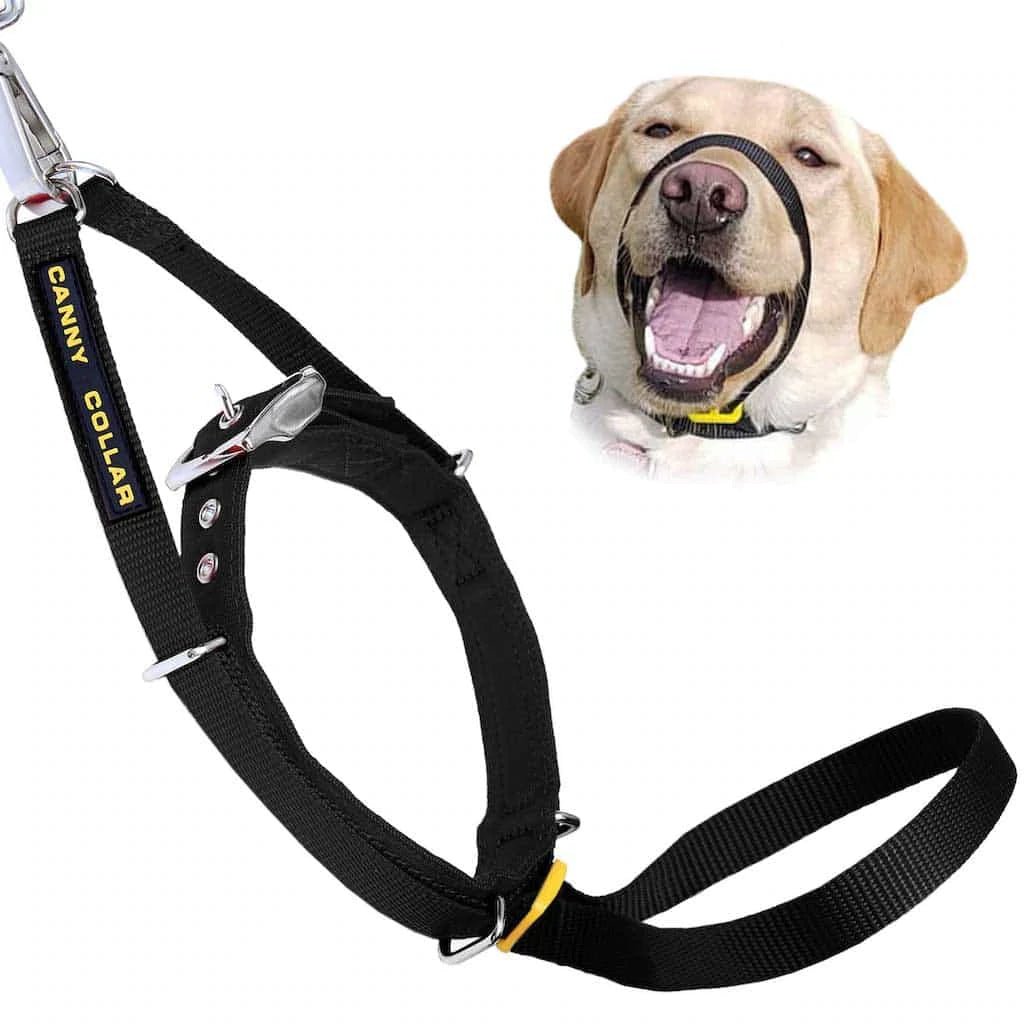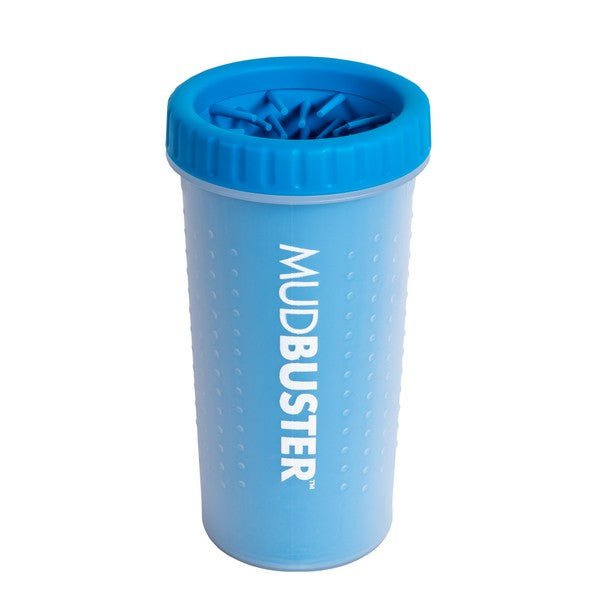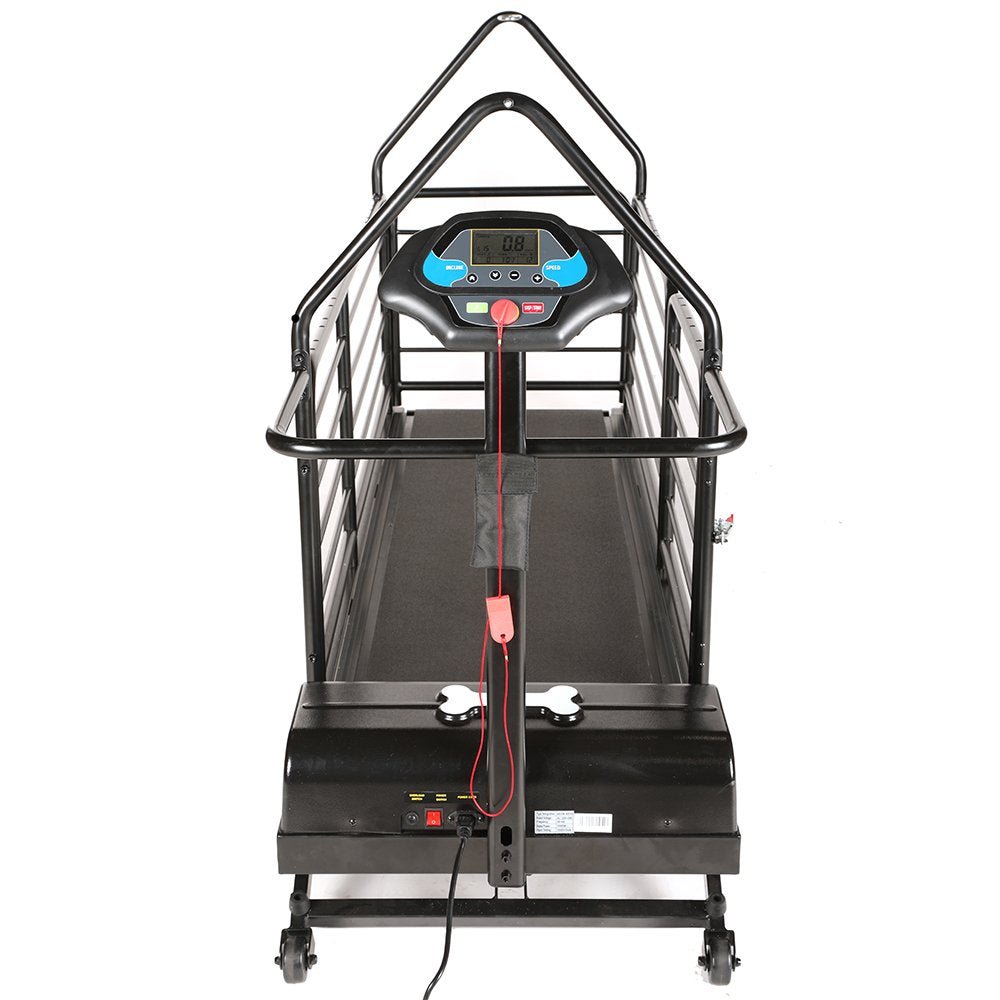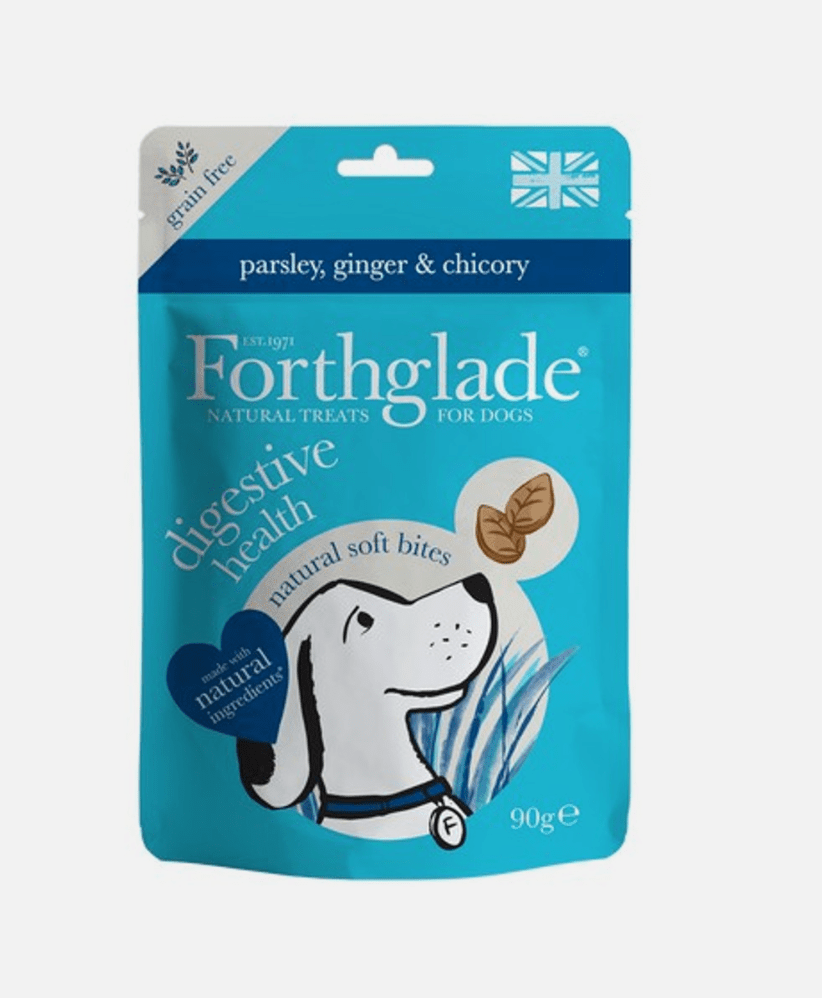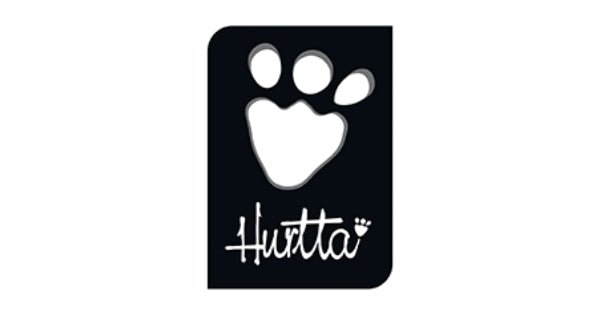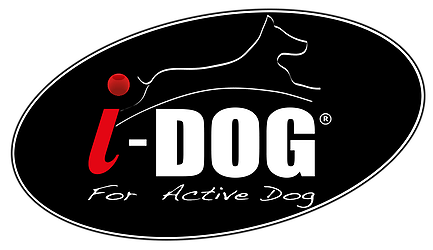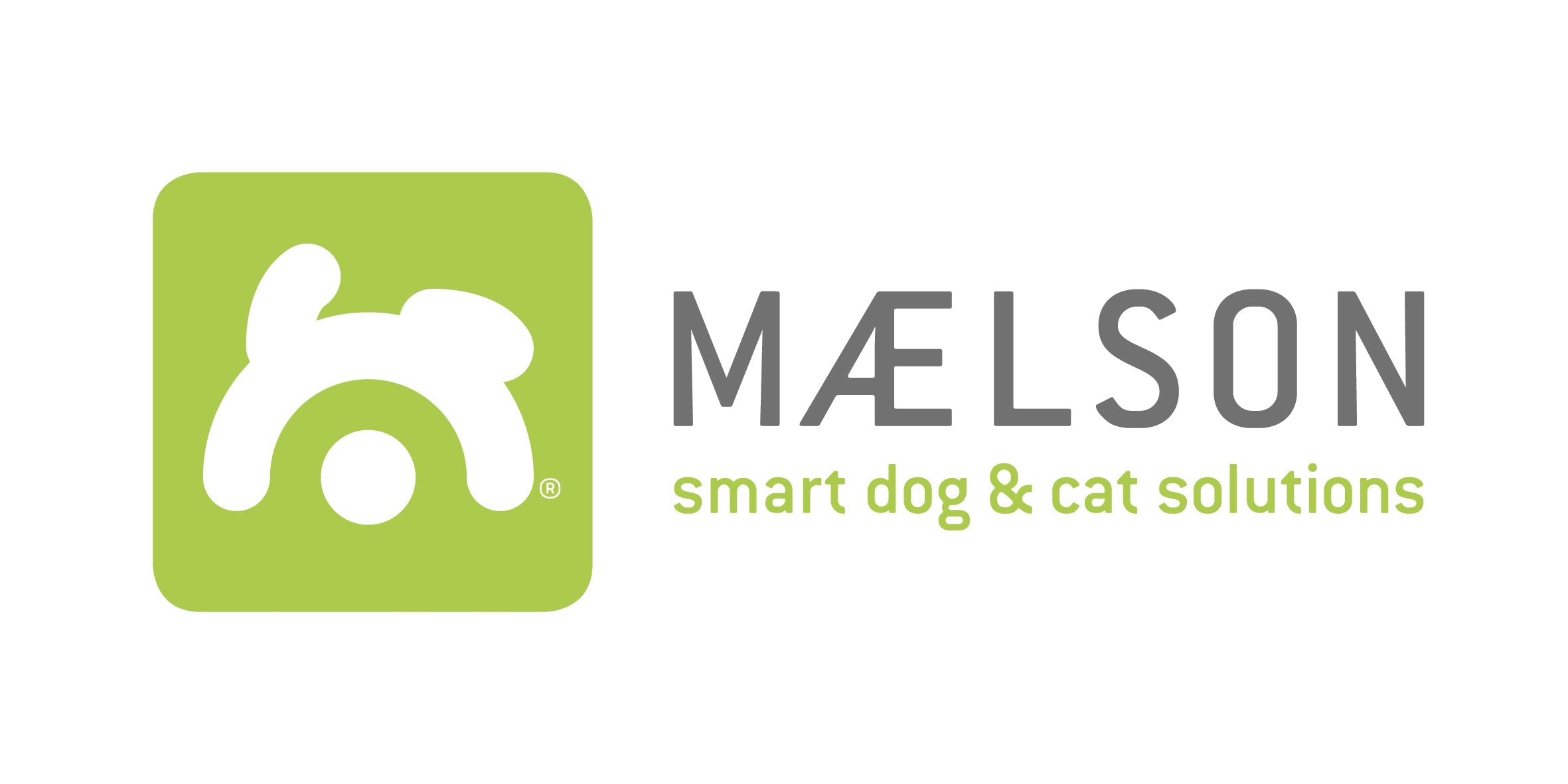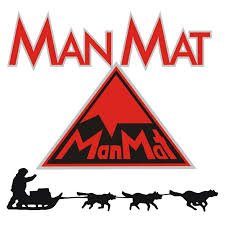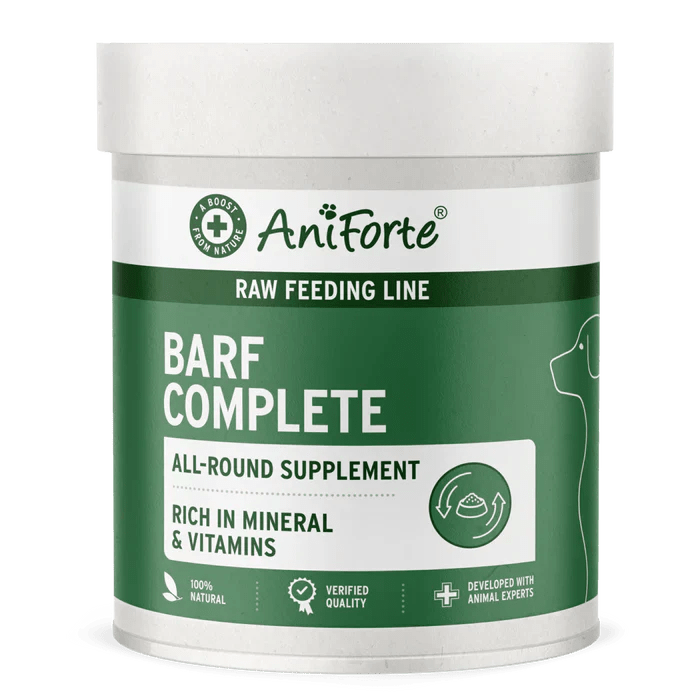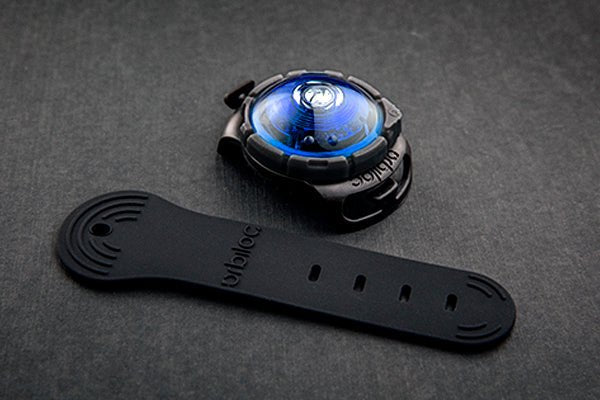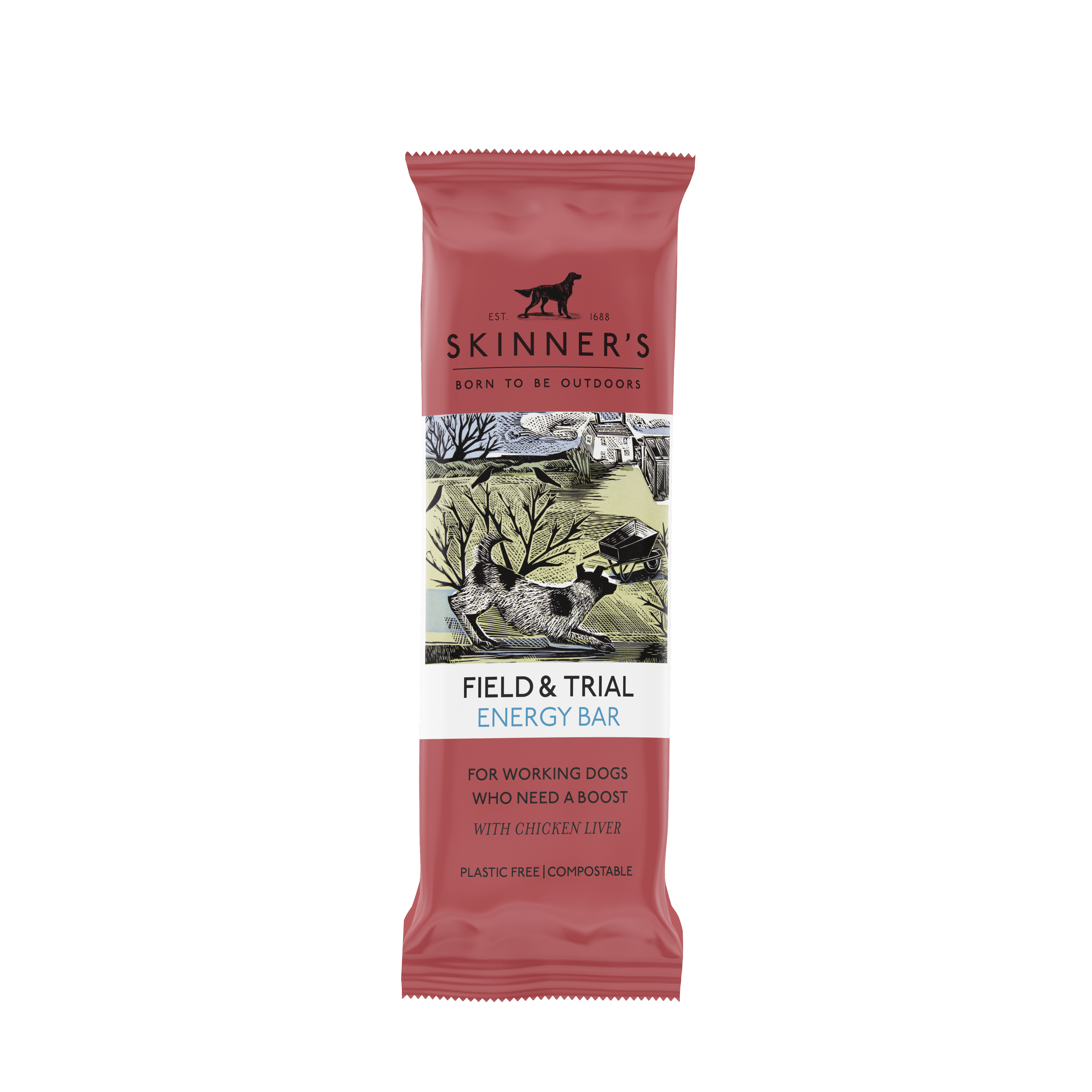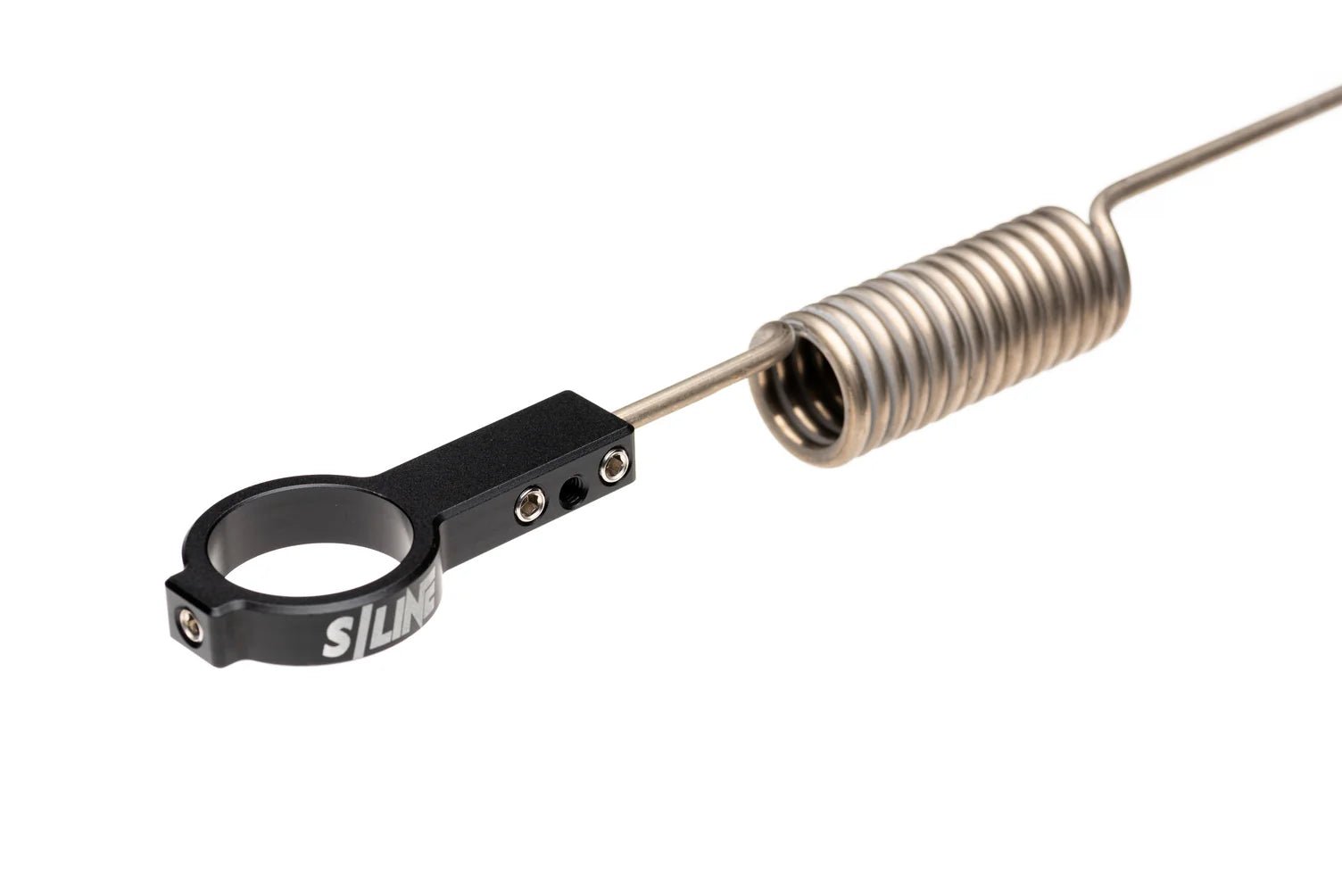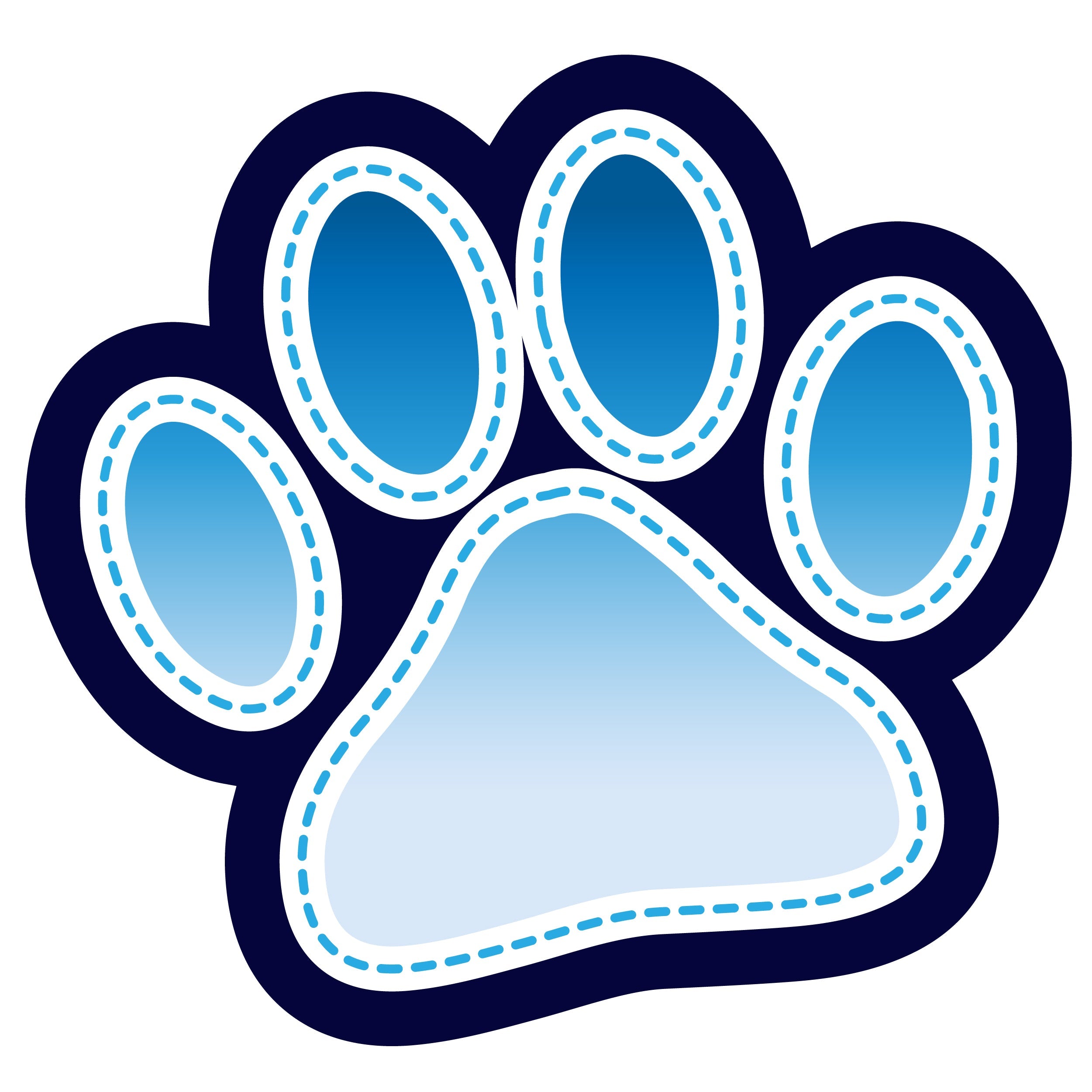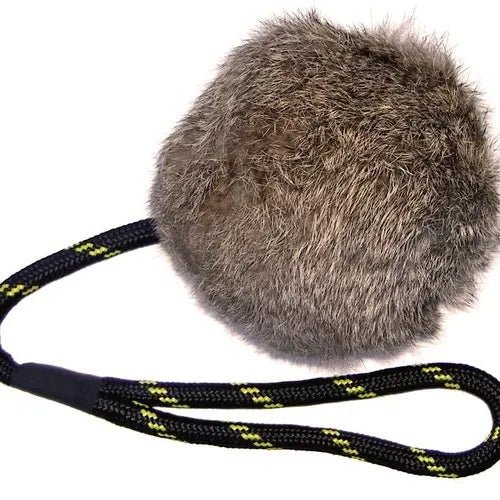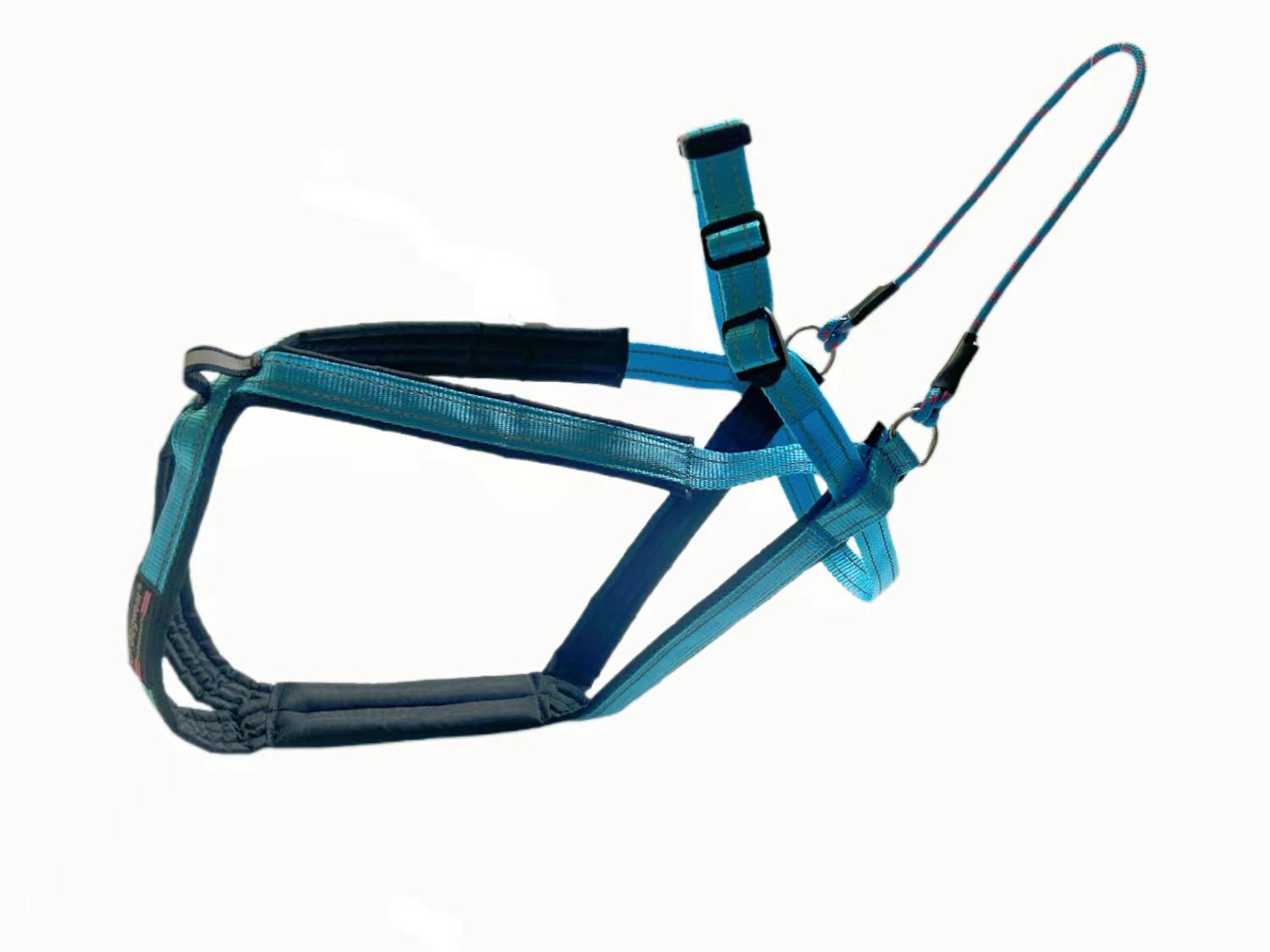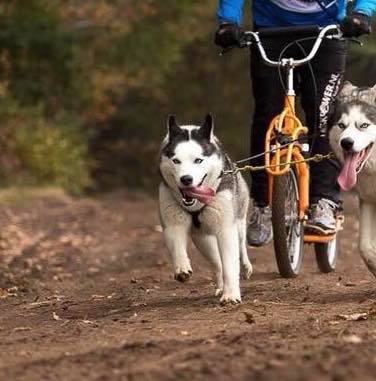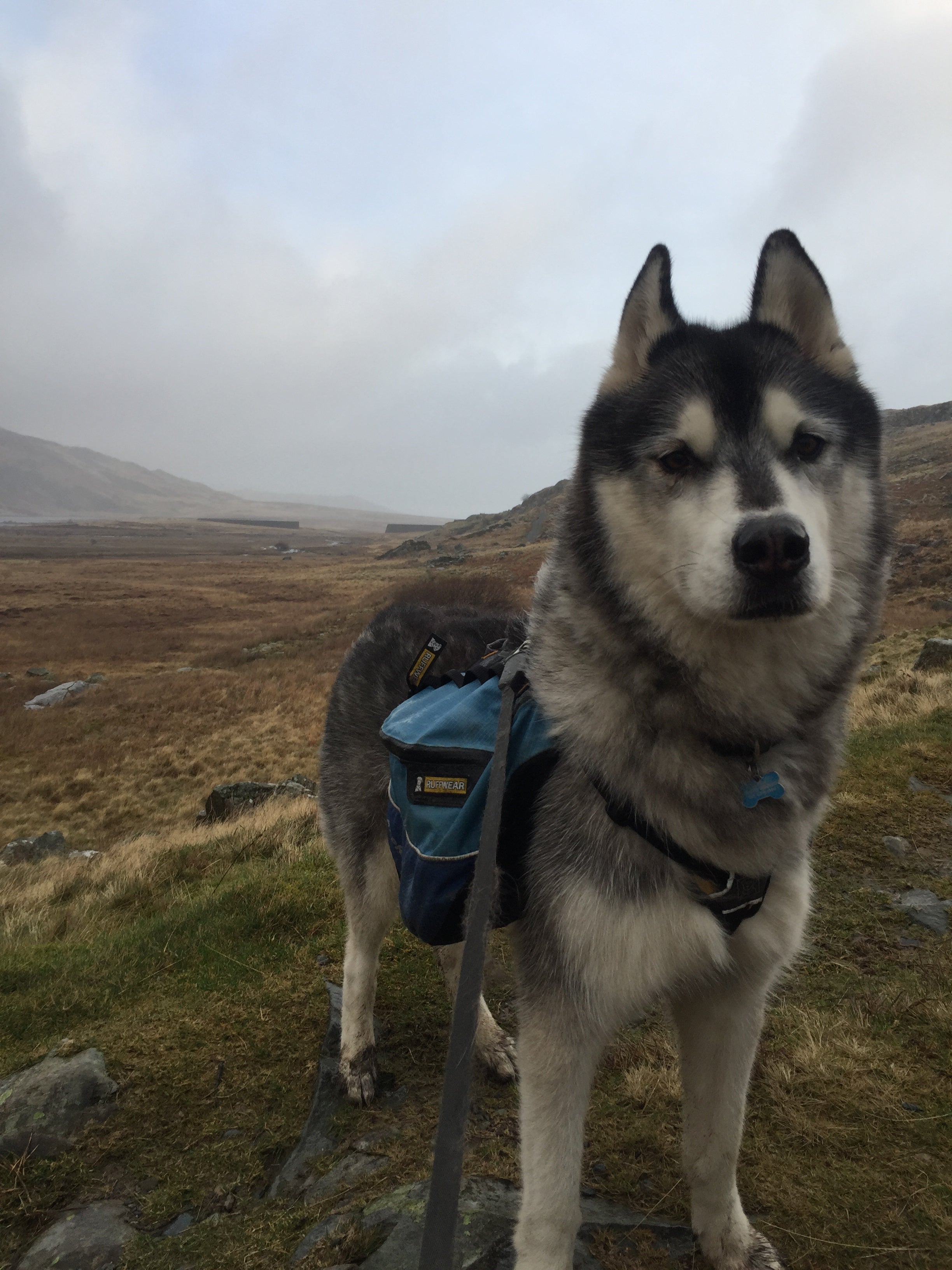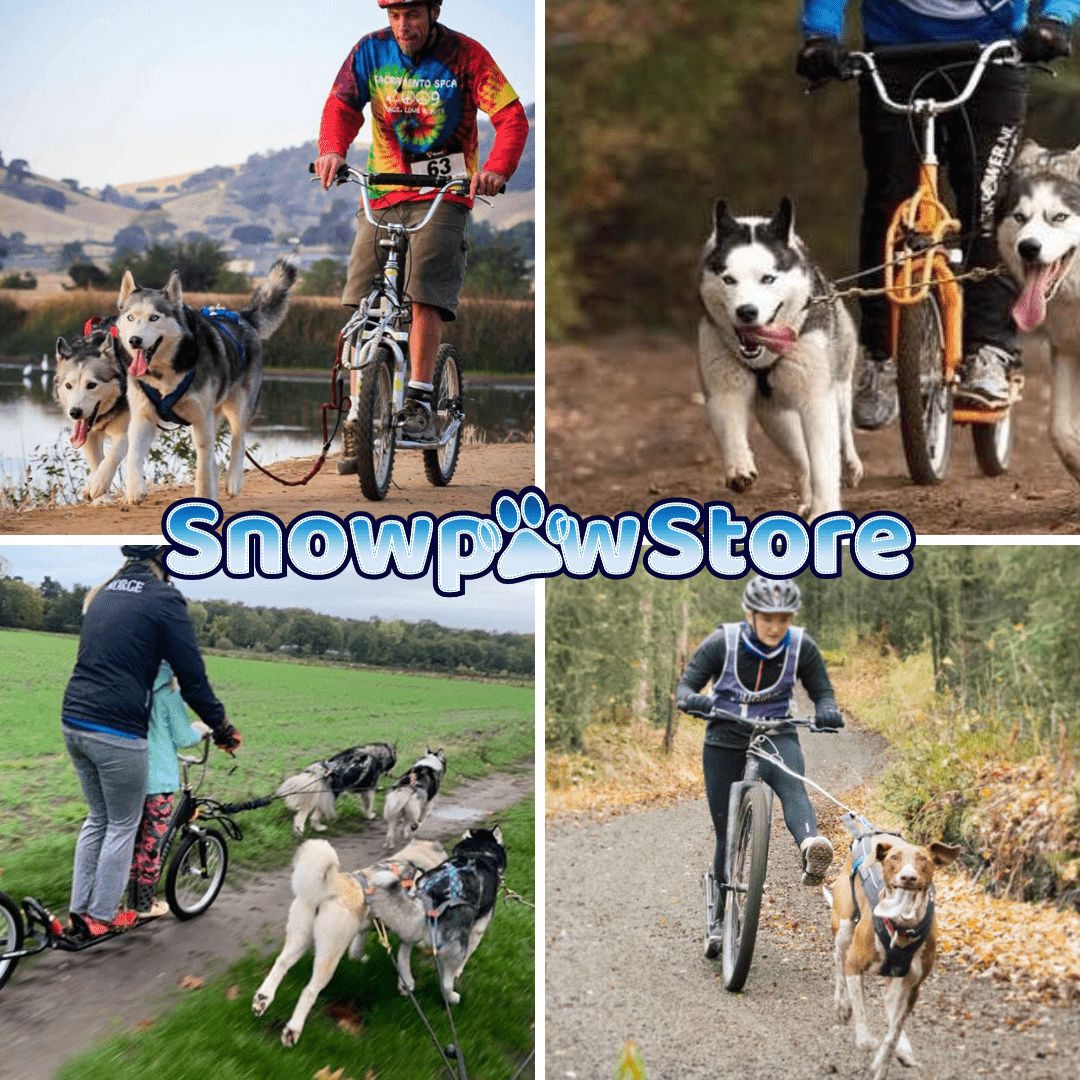Spring marks the end of the cold weather (not that we have had much this year) and sled dog rallies & competitions are over for another season (ended a little earlier this season due to the virus). We now start to head into the warmer months much to the dismay of many mushers and sled dogs.
Mushers can now enjoy the down time and feel less pressure on training their dog teams. It’s a chance to try out new set-ups and team members and just enjoy the fitness of your dogs and the opportunities of running together.
However, it’s important to remember that as we emerge from winter to spring, the temperatures will continue to rise and this requires greater consideration in choosing when to run your dogs. You can still continue to do so – but carefully!
It’s the early warm days that have the potential for overheating your dogs – before you even realise it. The sunshine makes a pleasant change for us humans from early morning frozen fingers, but remember your dogs will prefer the cooler temperatures. “The colder it is for the humans, the better it is for the dogs!”
A lot of dogs will still be acclimatised to the winter months, meaning they are not yet used to the warmer spring temperatures. Many dogs will still have their heavy thick winter coats and not able to dissipate body heat as quickly. Dogs do not sweat and instead regulate body temperature by panting; when the humidity increases, their ability to regulate their temperature is reduced. This means that in periods of higher humidity, it is easier for your dog to overheat so additional care
must be taken. Wind chill also does not cool your dog; it might feel cool to us due to the wind but remembers your dog operates differently to you and is largely unaffected by wind chill.
- Change your training times where possible to take advantage of the colder parts of the day.
- Don’t expect the same level of performance in significantly warmer weather.
- Training runs should be shorter and slower if needed.
- Reinforce pulling, not just running. Pulling takes a lot less out of the dogs than the speed does.
- Make sure your dog is well hydrated before the run starts, and has plenty of water available if needed. Consider taking water with you on your run, see our collapsible water bowl.
- Consider purchasing an accurate temperature and humidity gauge like the Kestrel. The temperature on your phone or in the car is just a guide and should not be relied on. Also remember that humidity is as important as temperature in assessing whether it is safe and sensible to run your dogs.
- Don’t run if it is, or could become, too warm. Many of us involved with dog sports do not work our dogs through the heat of summer, as a general rule of thumb; sled dogs are not worked above 15 degrees centigrade.

